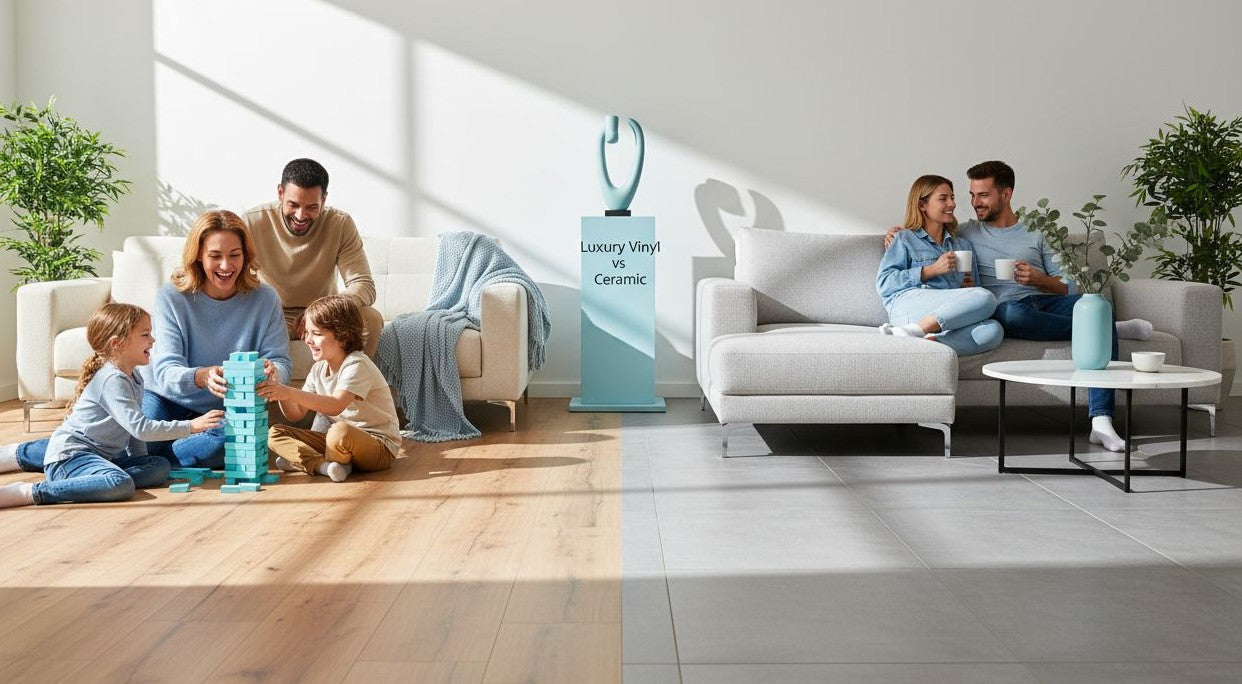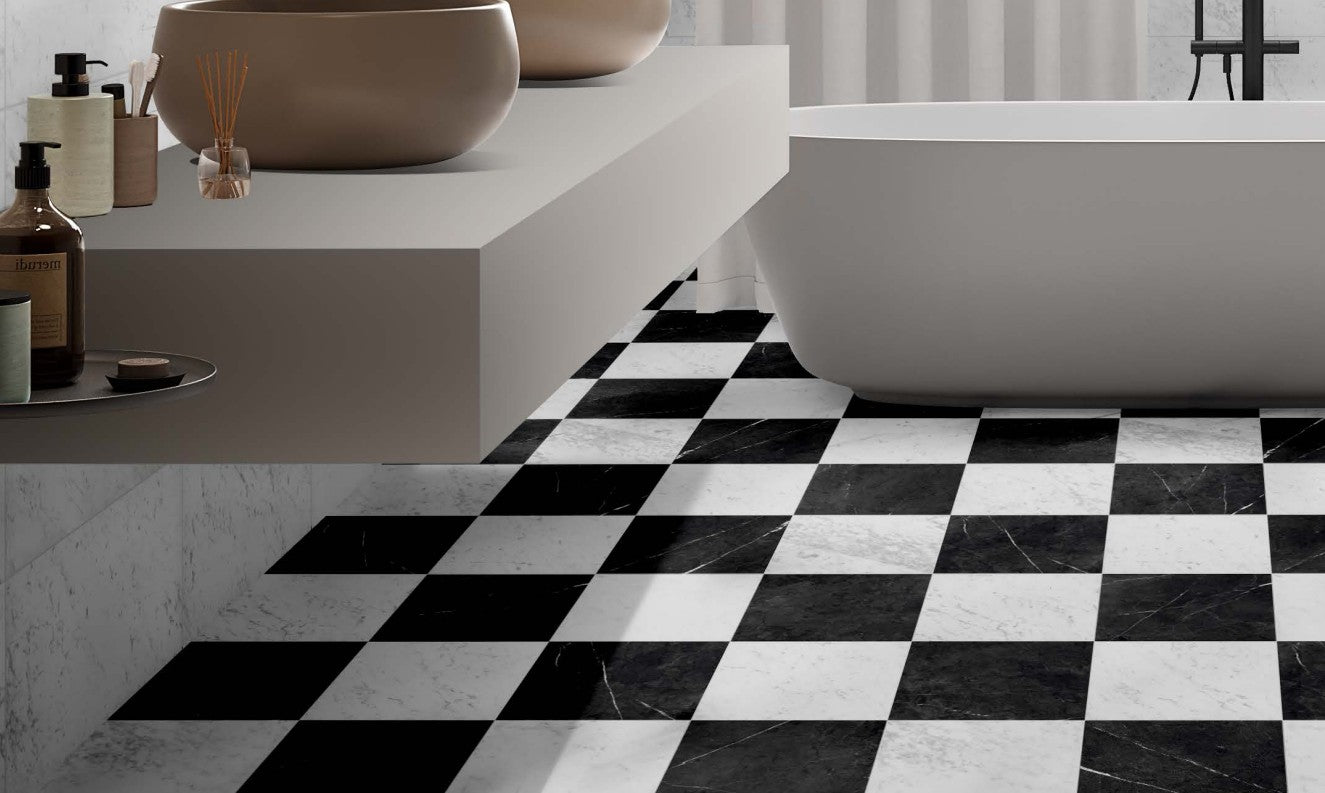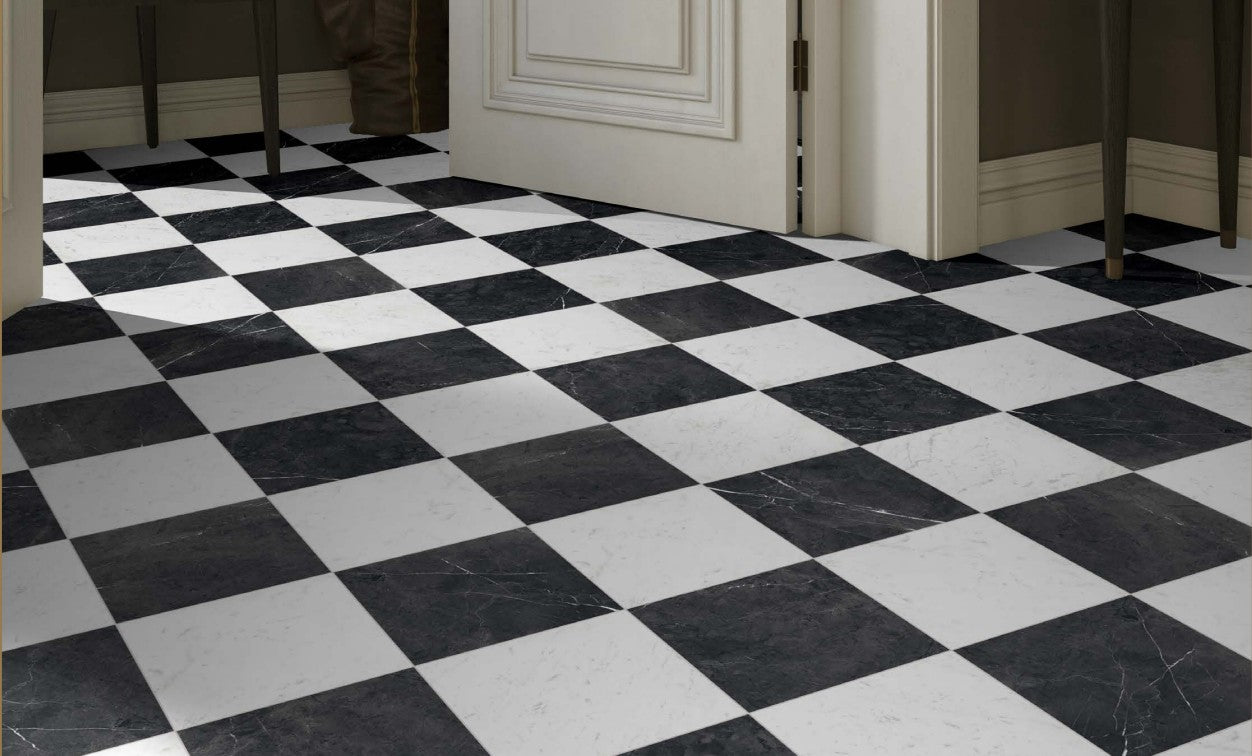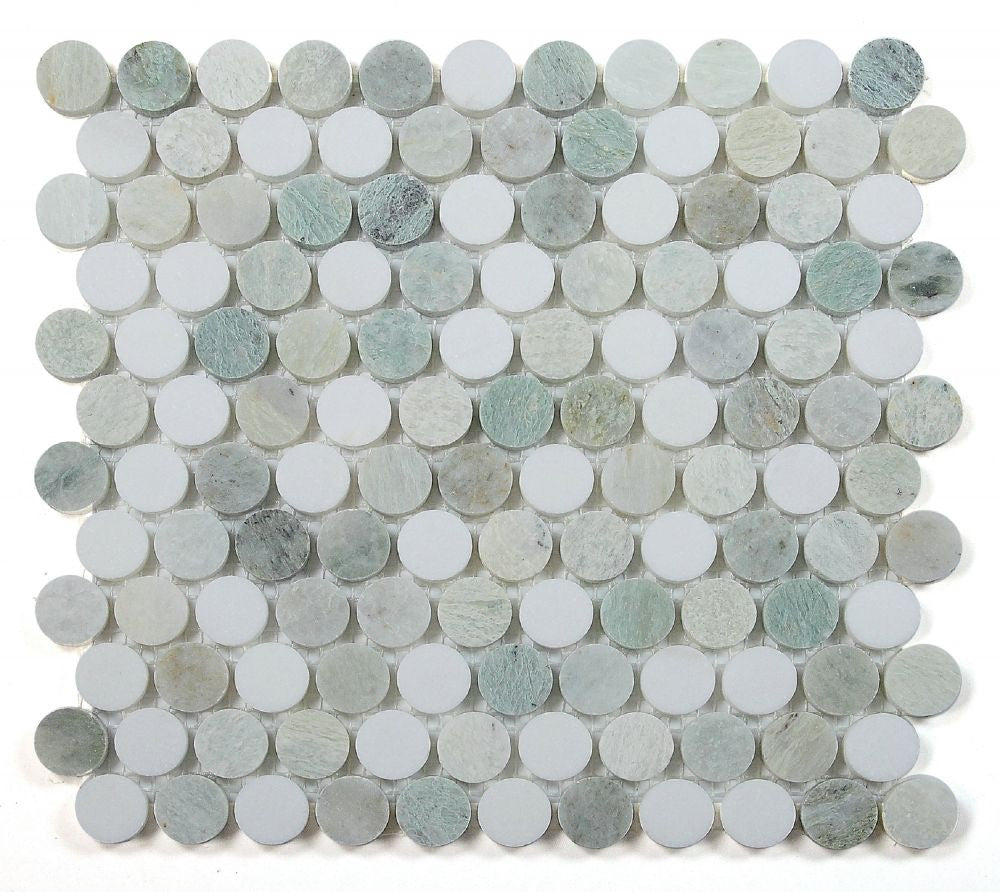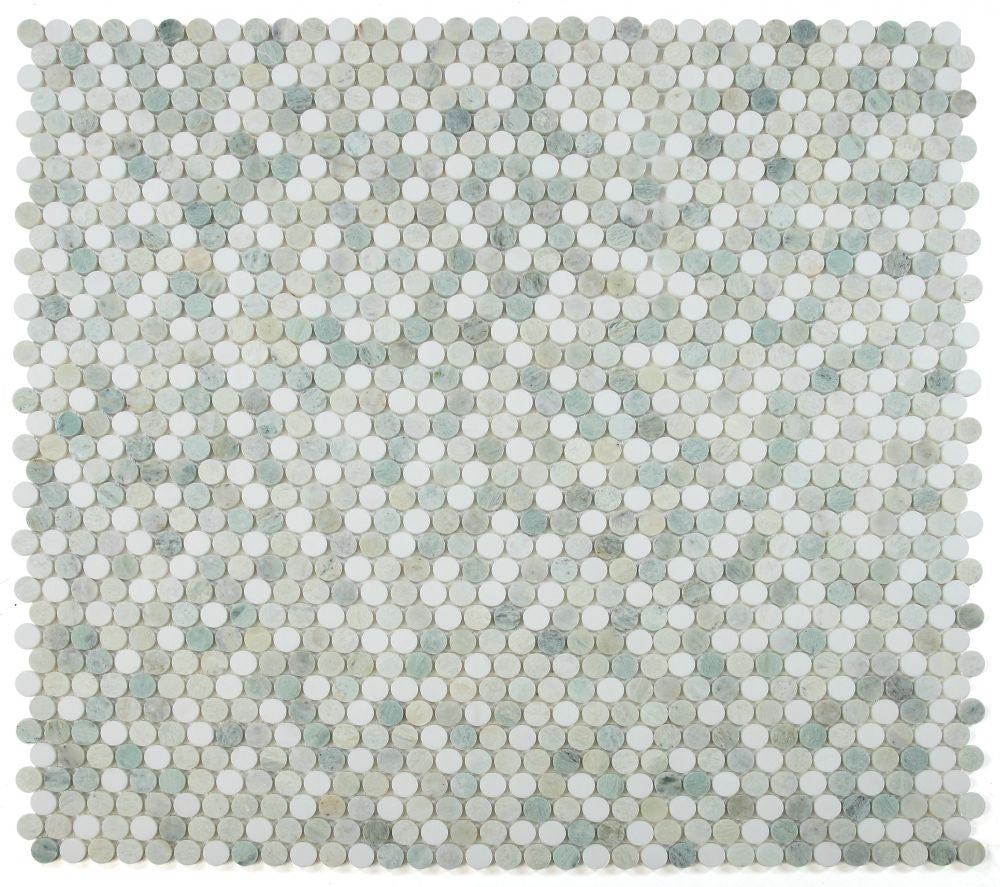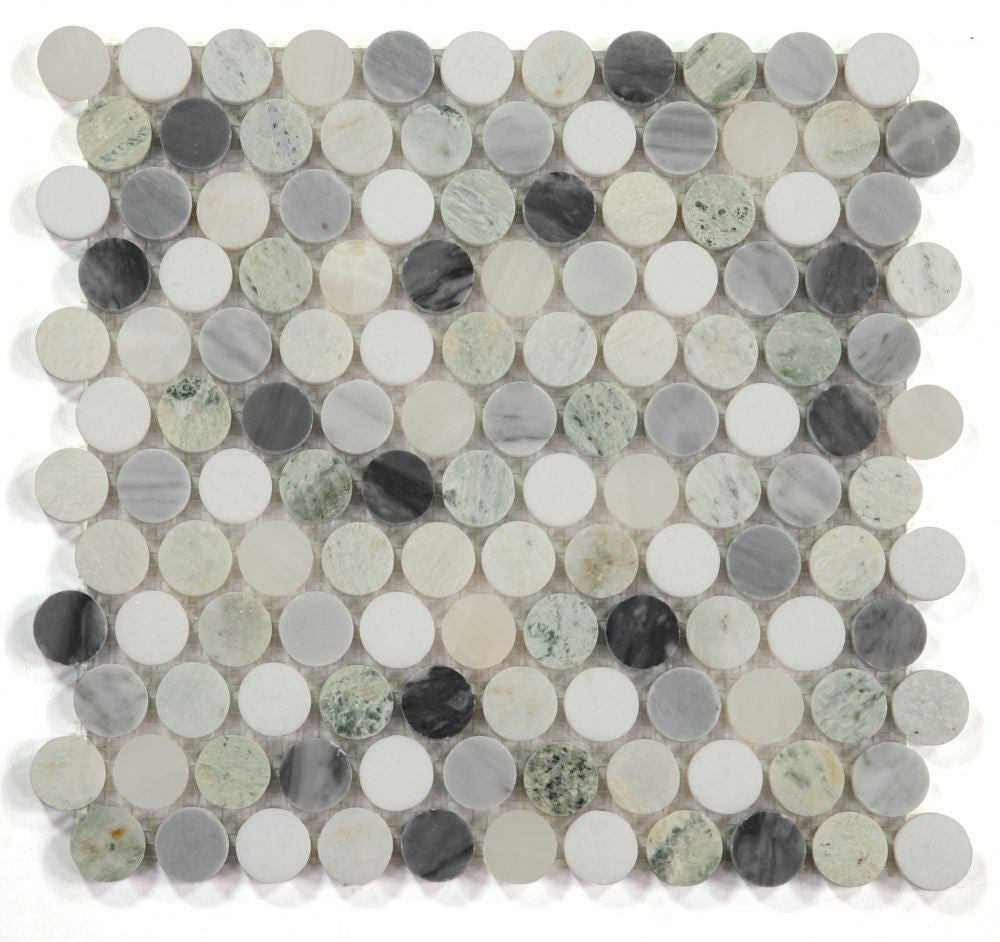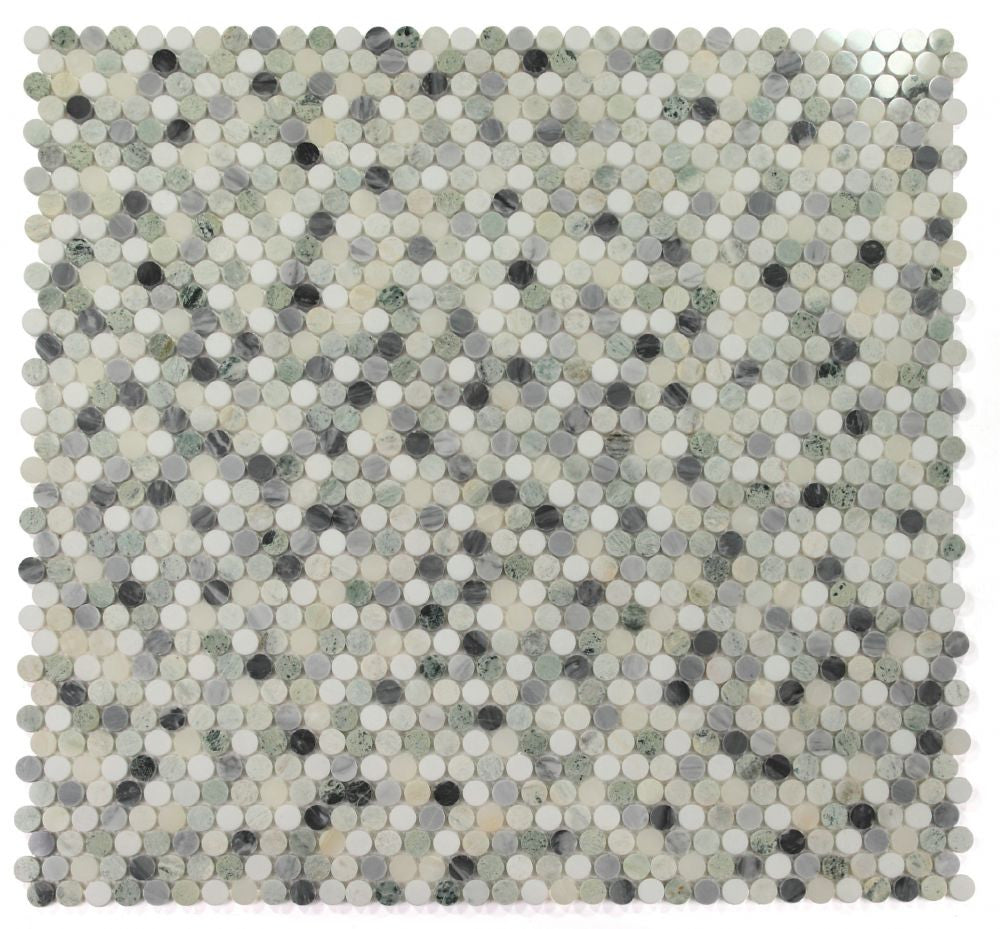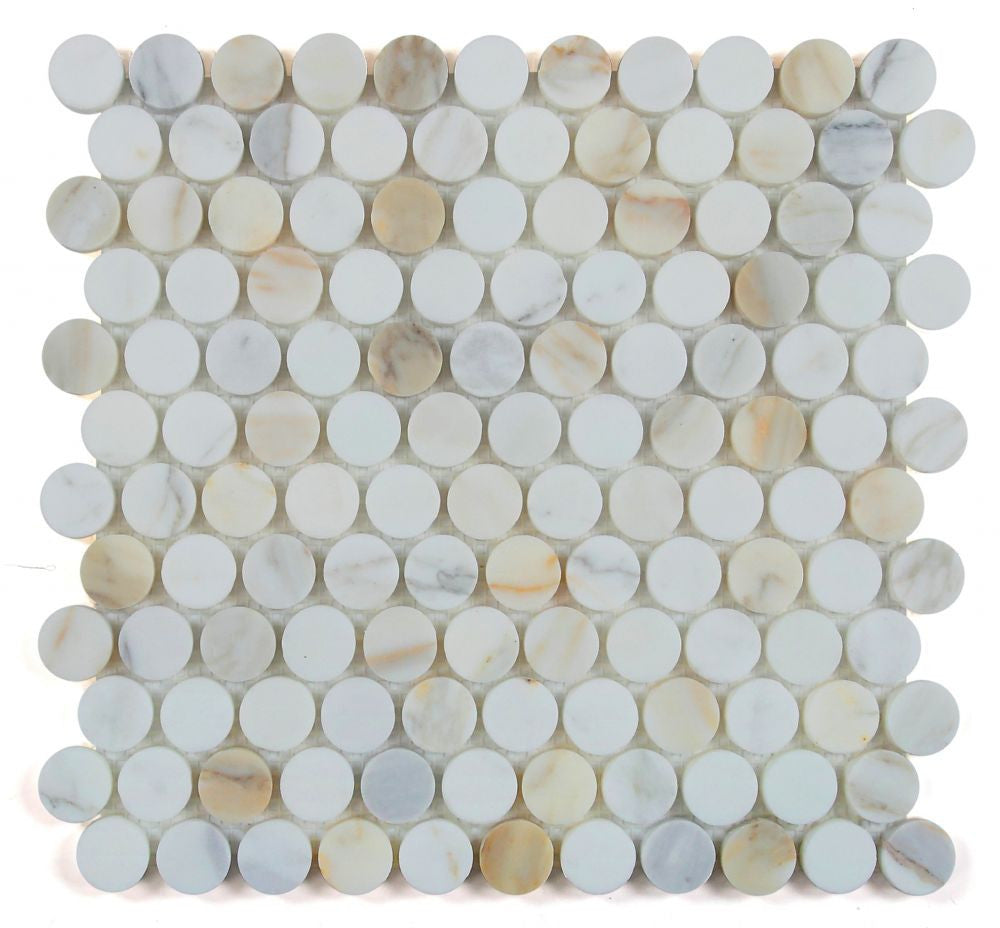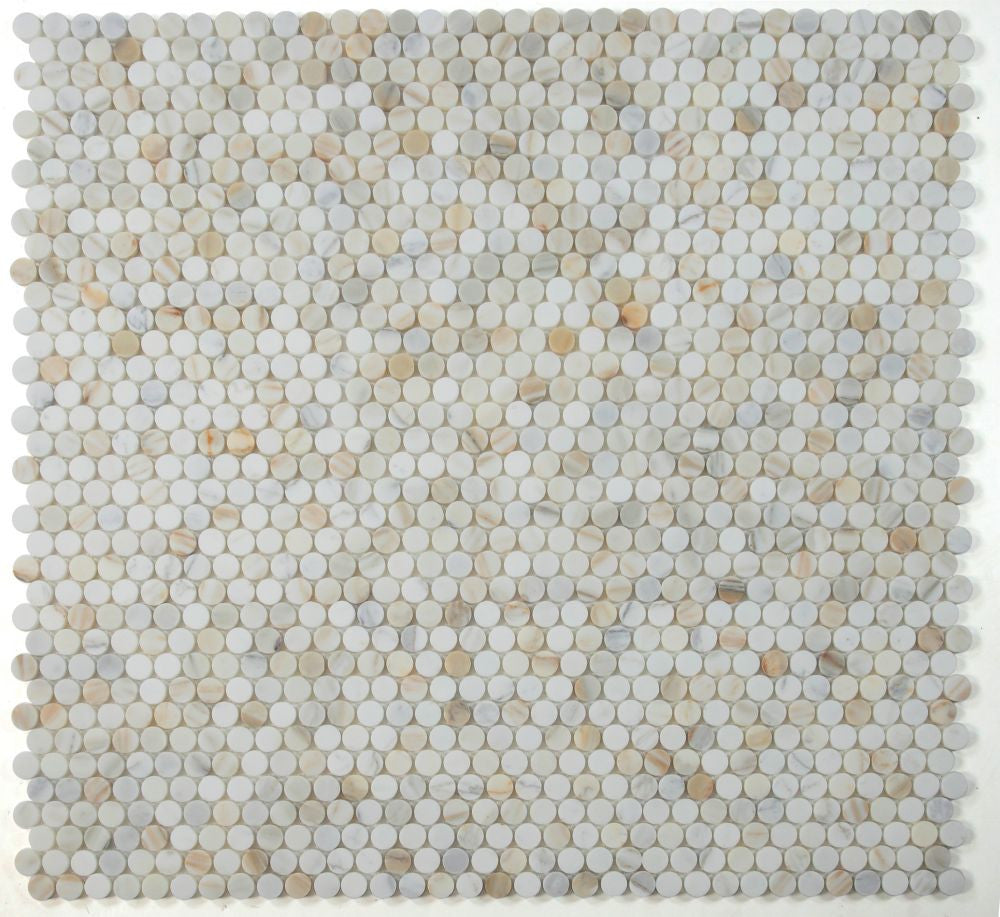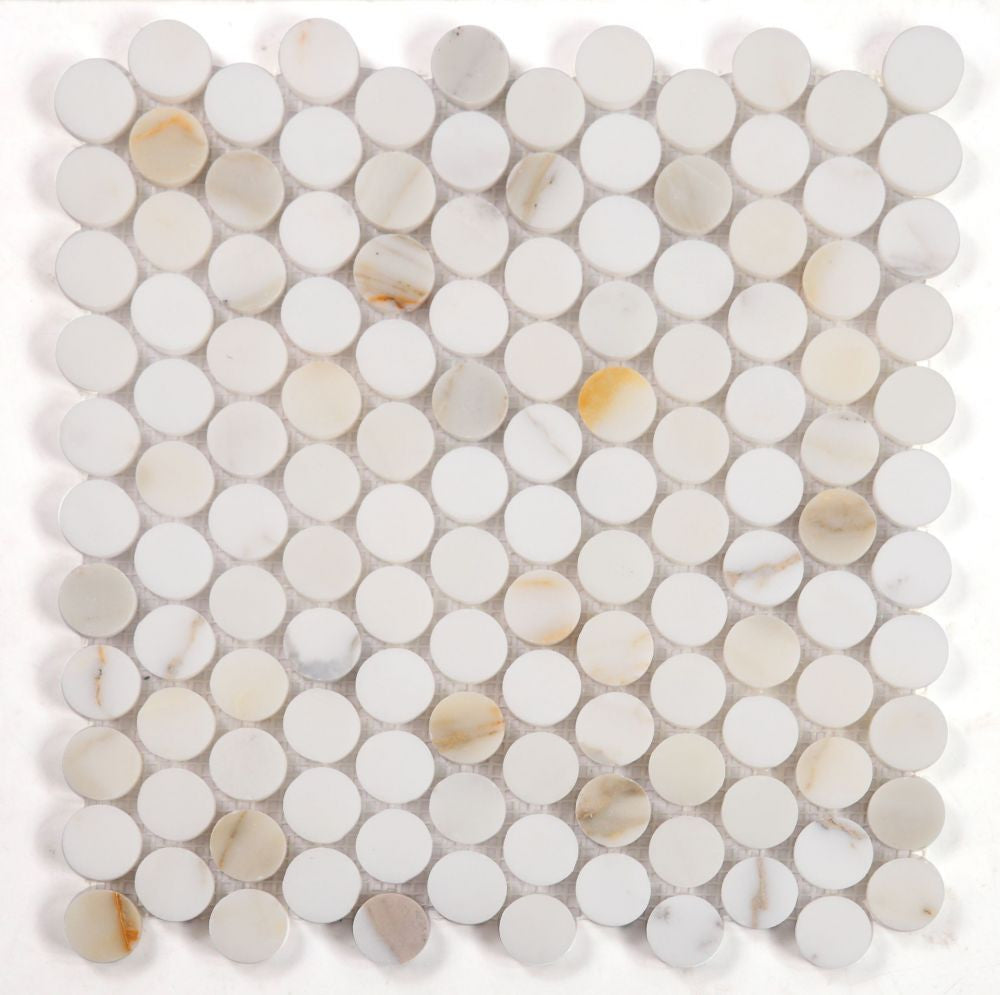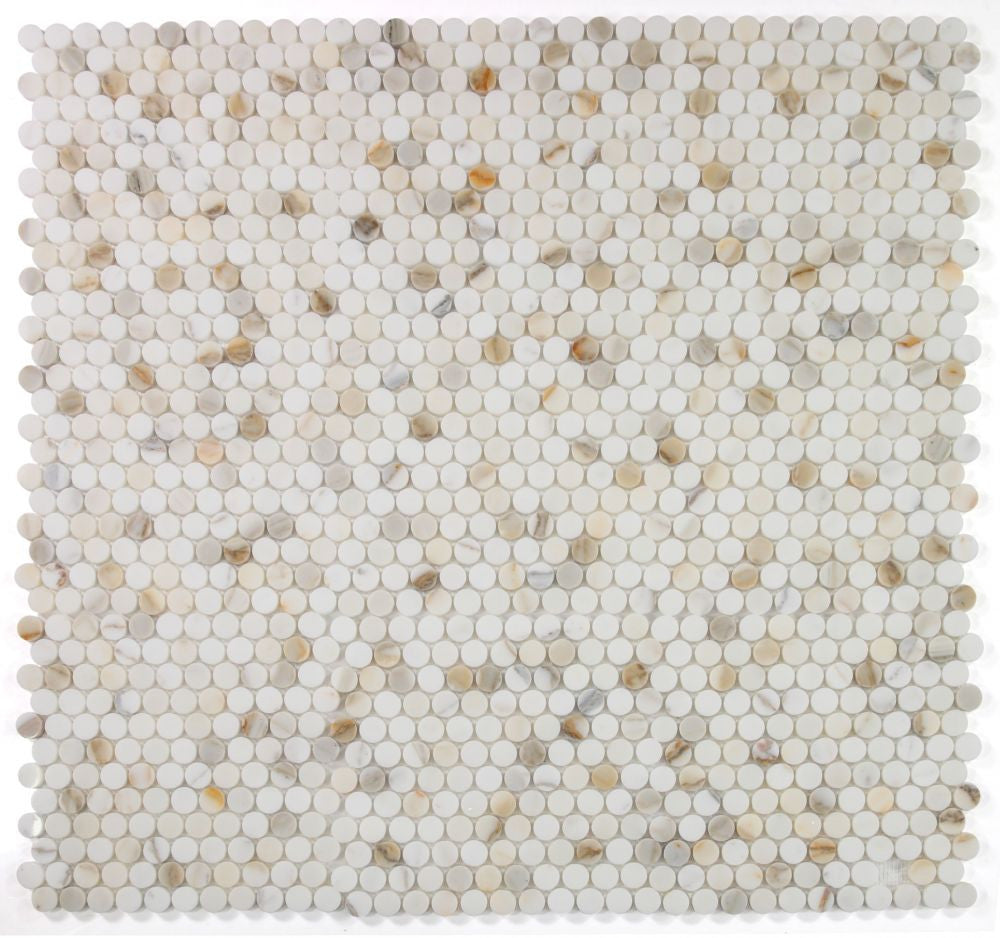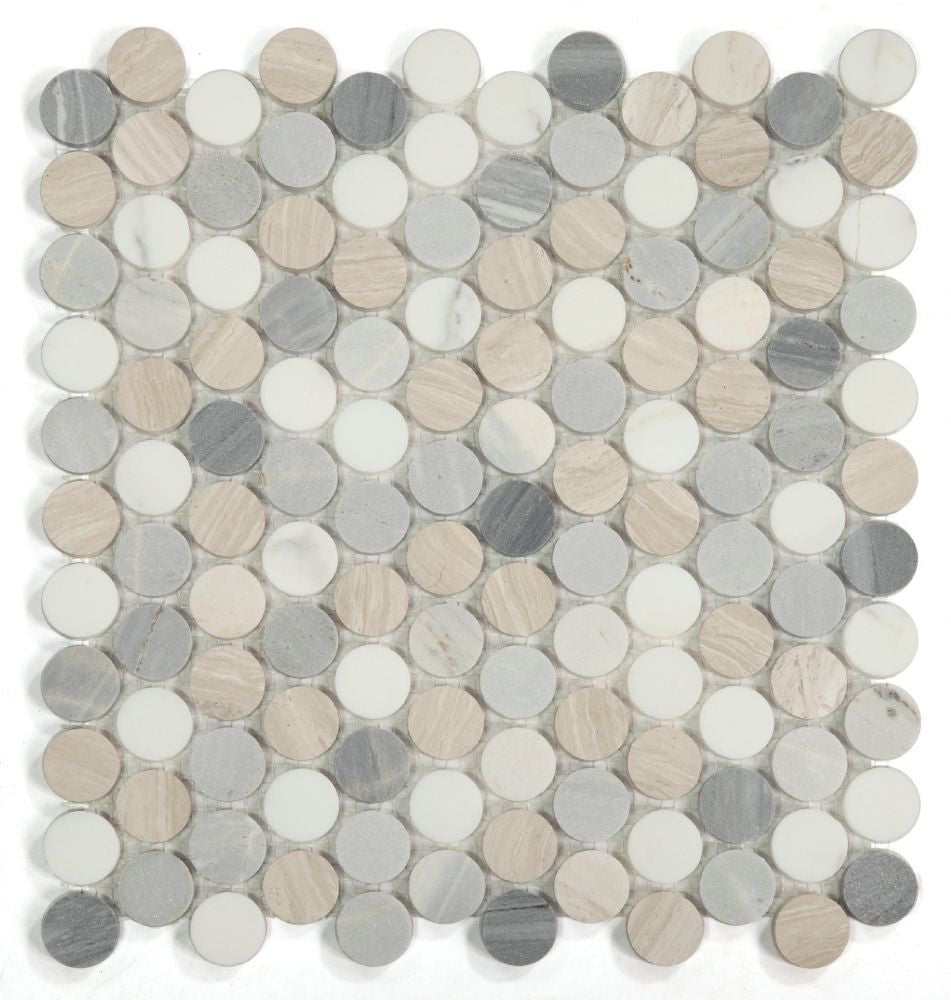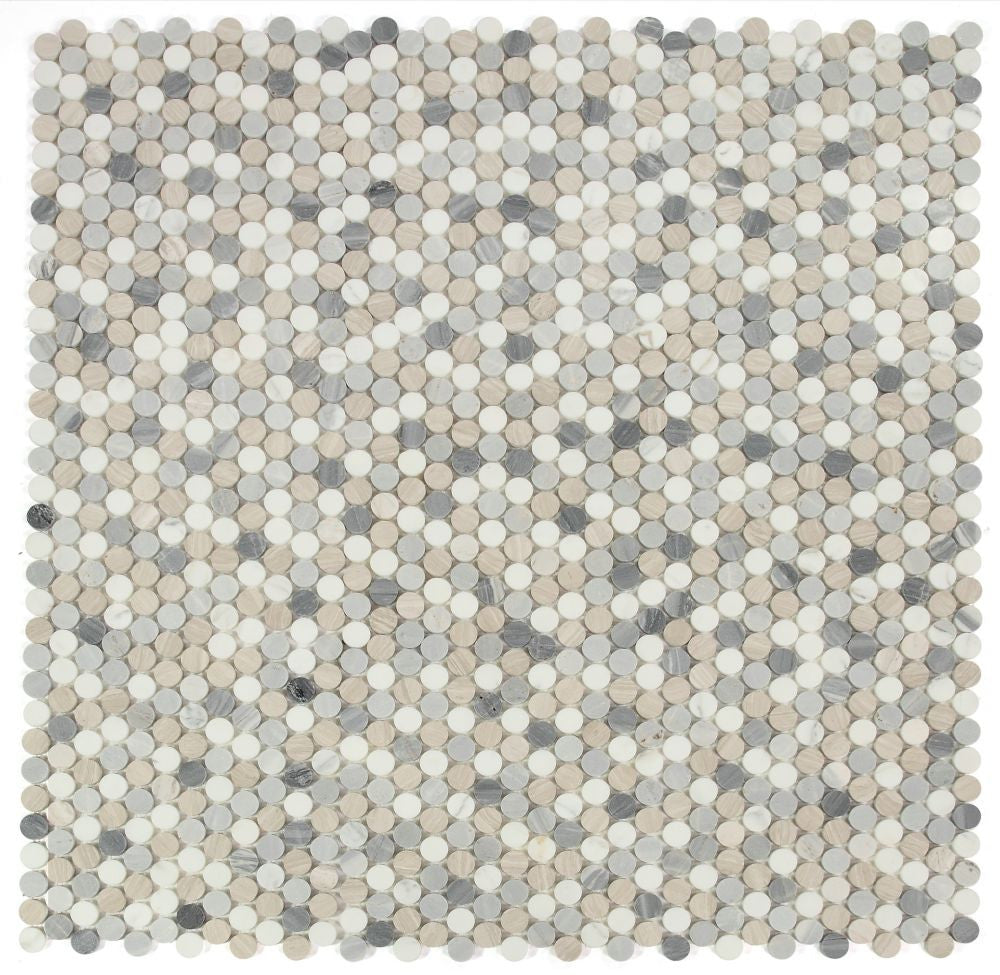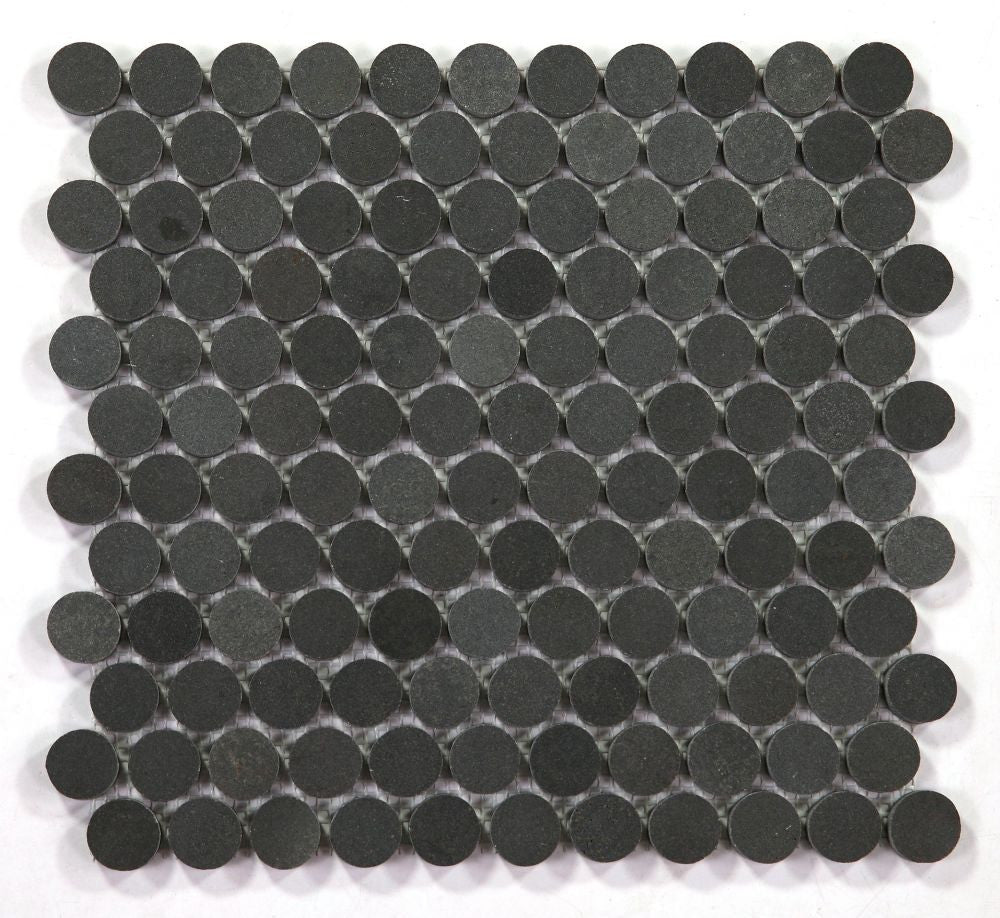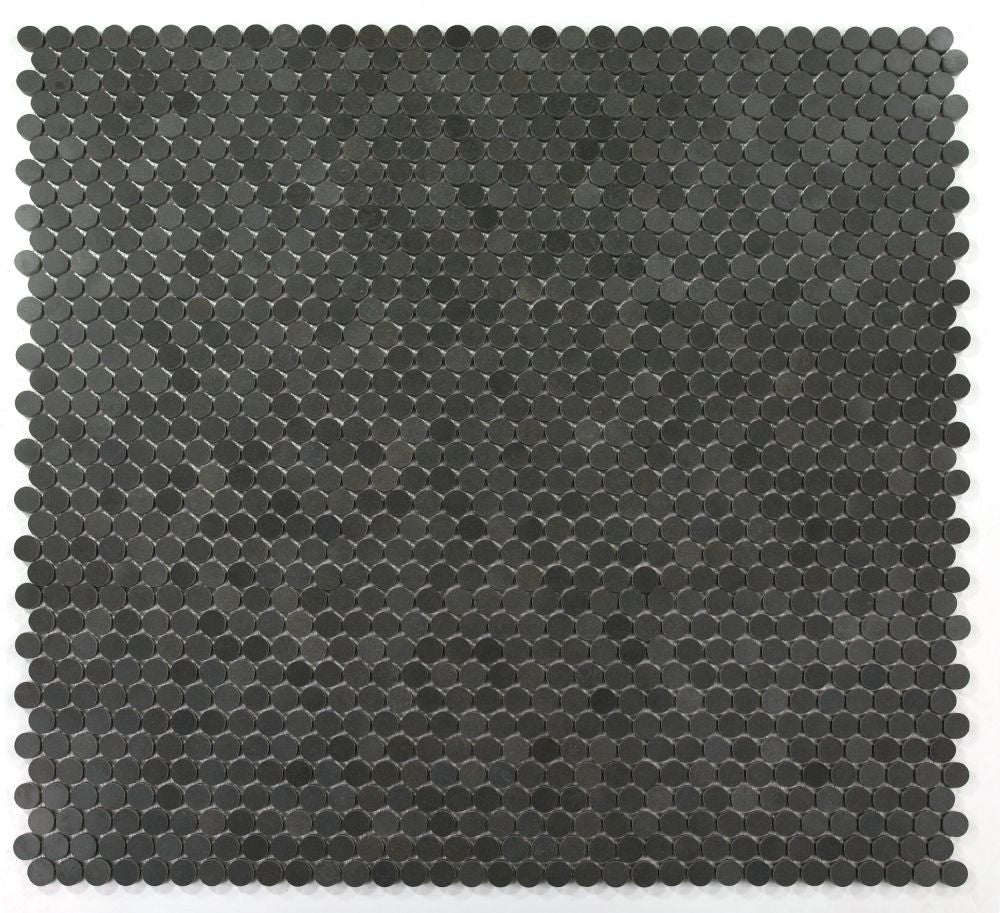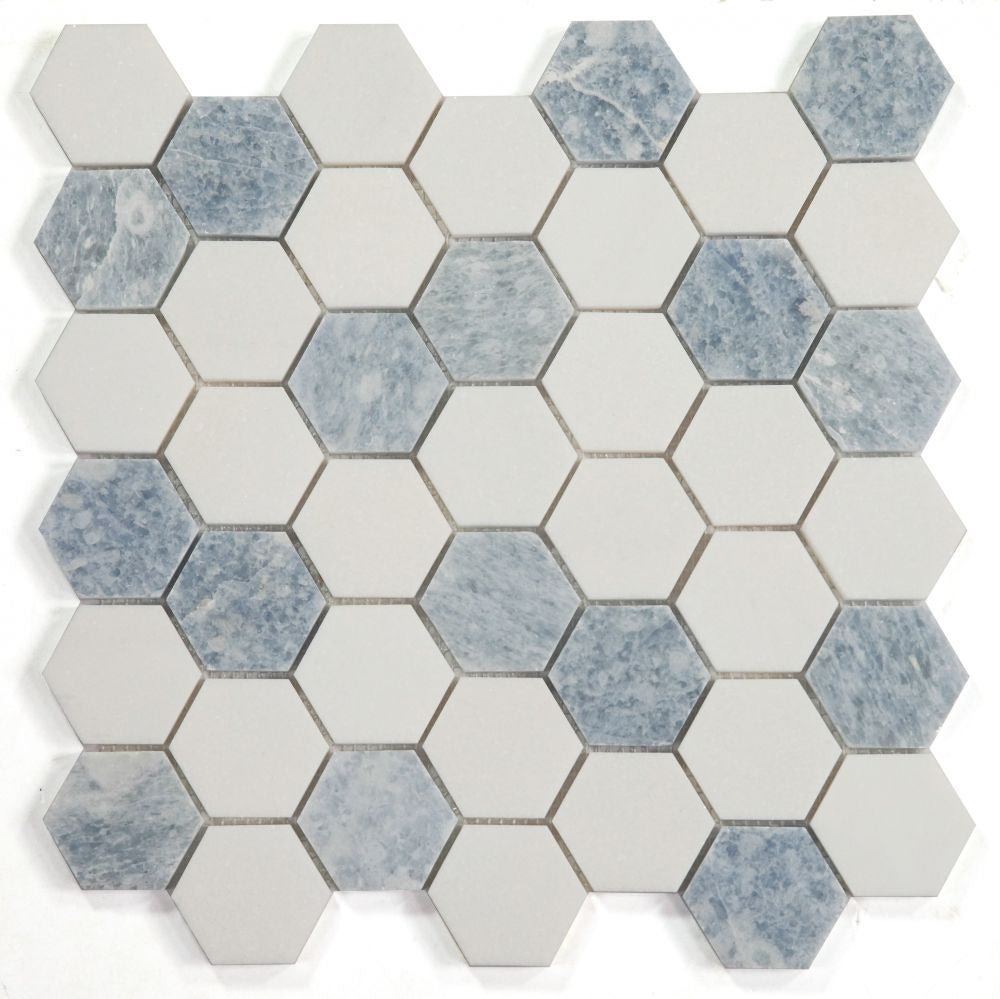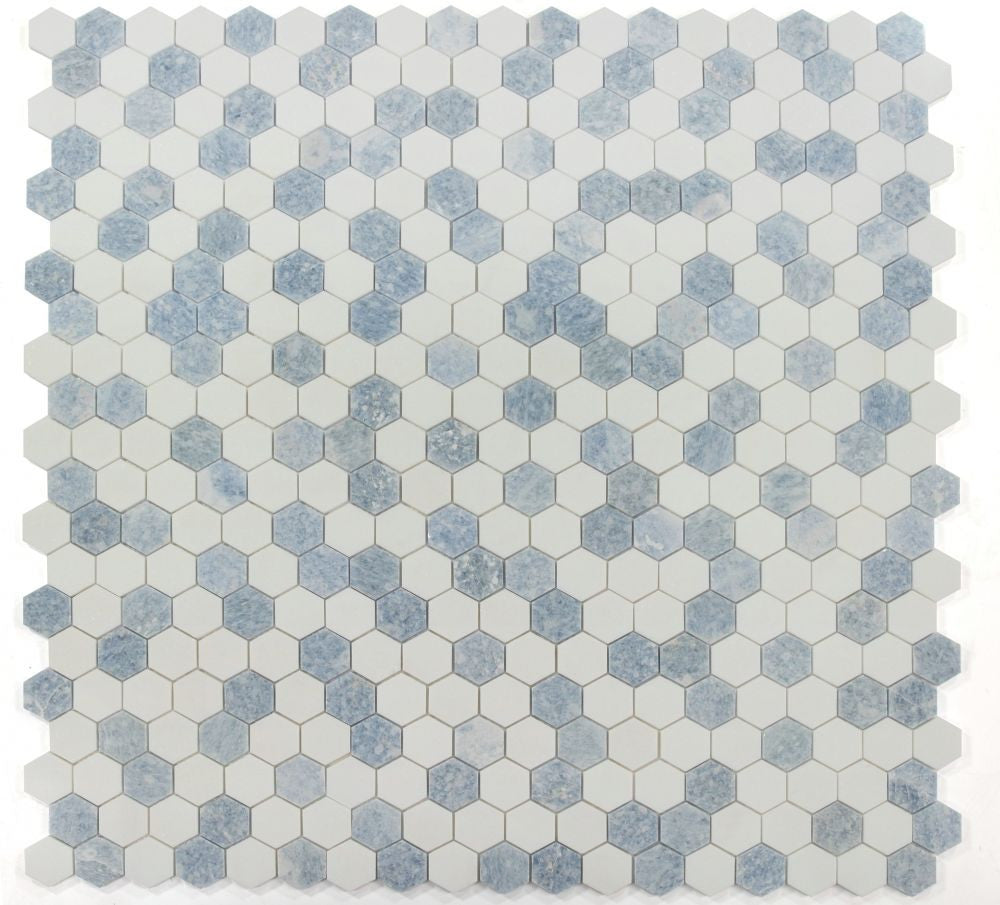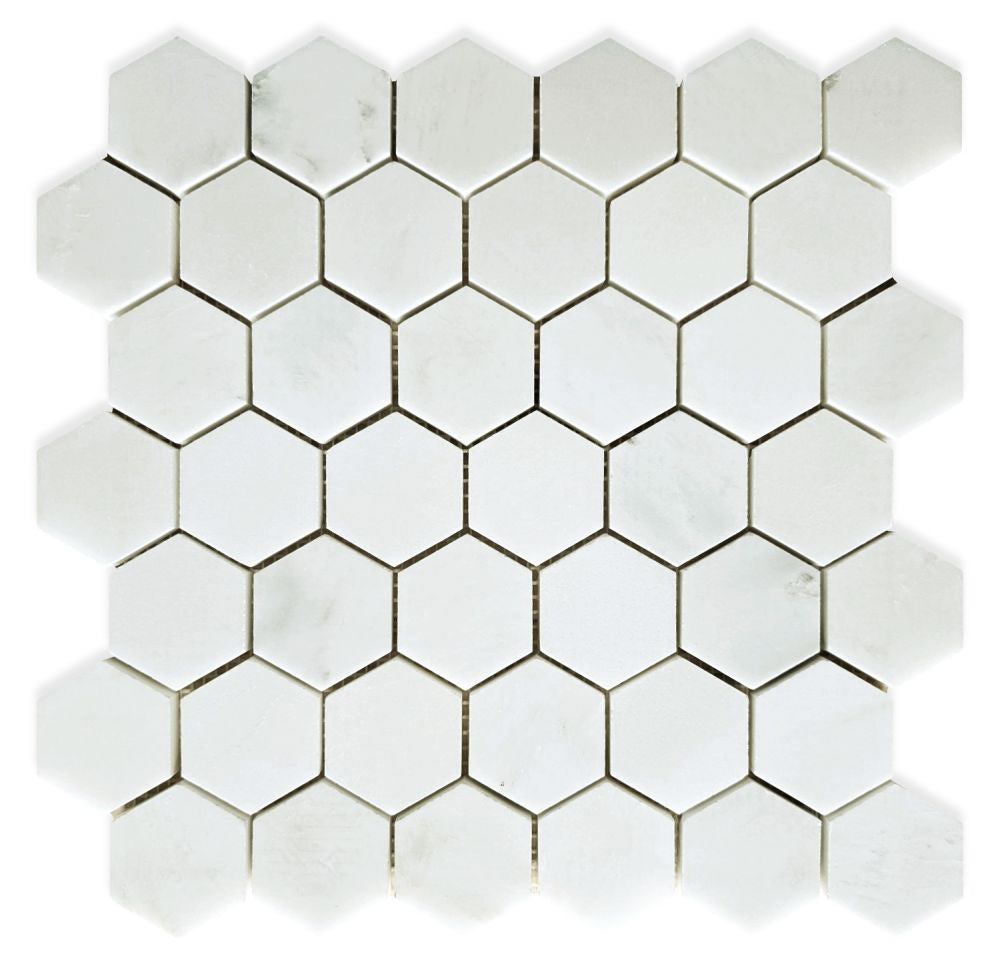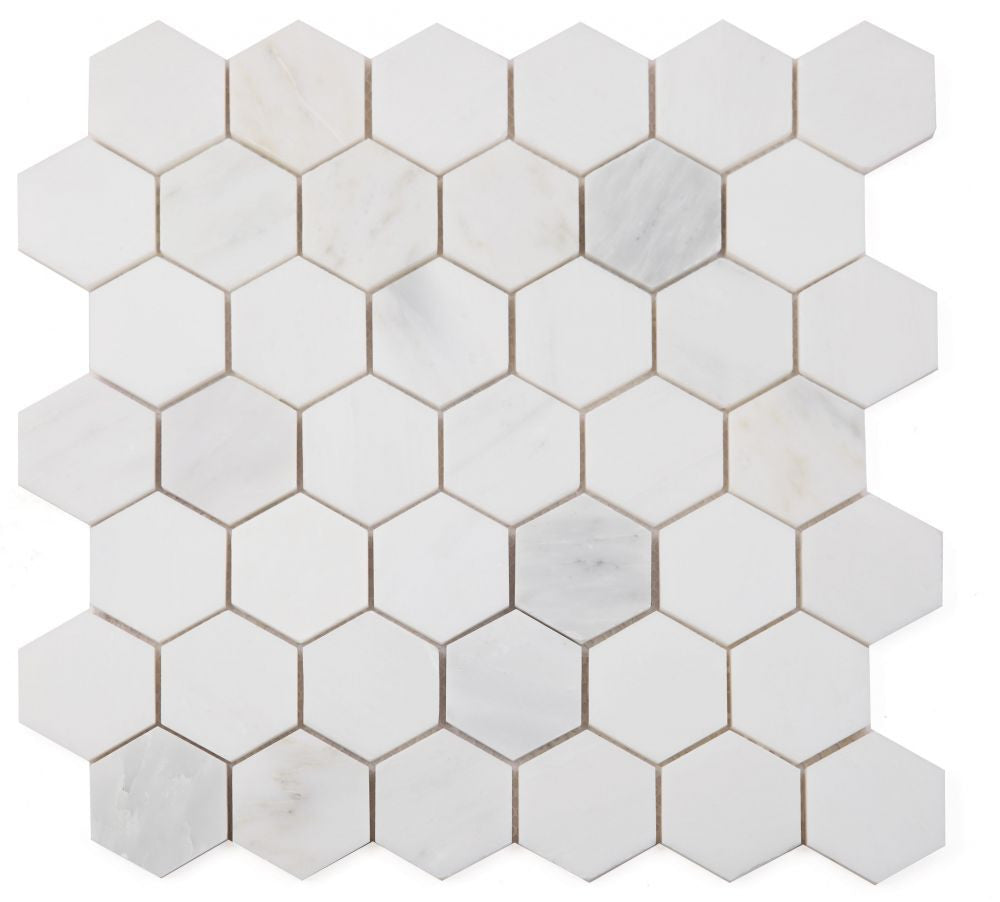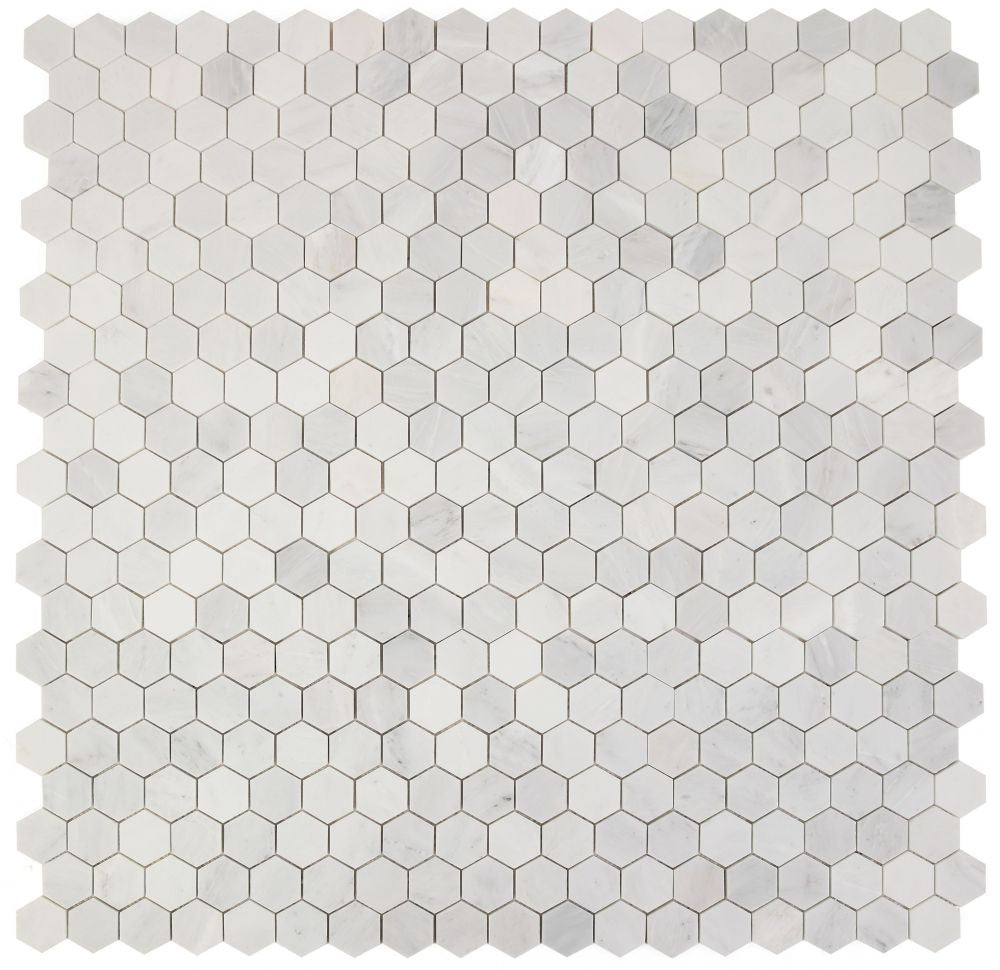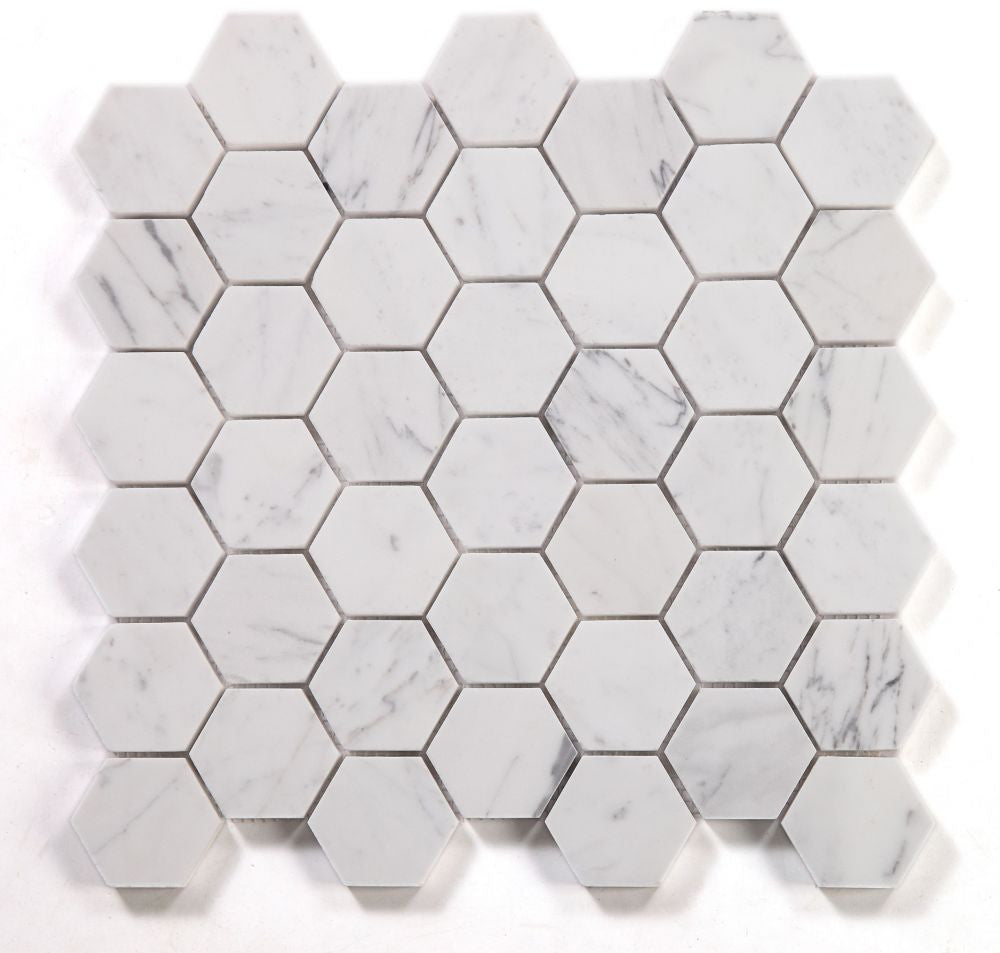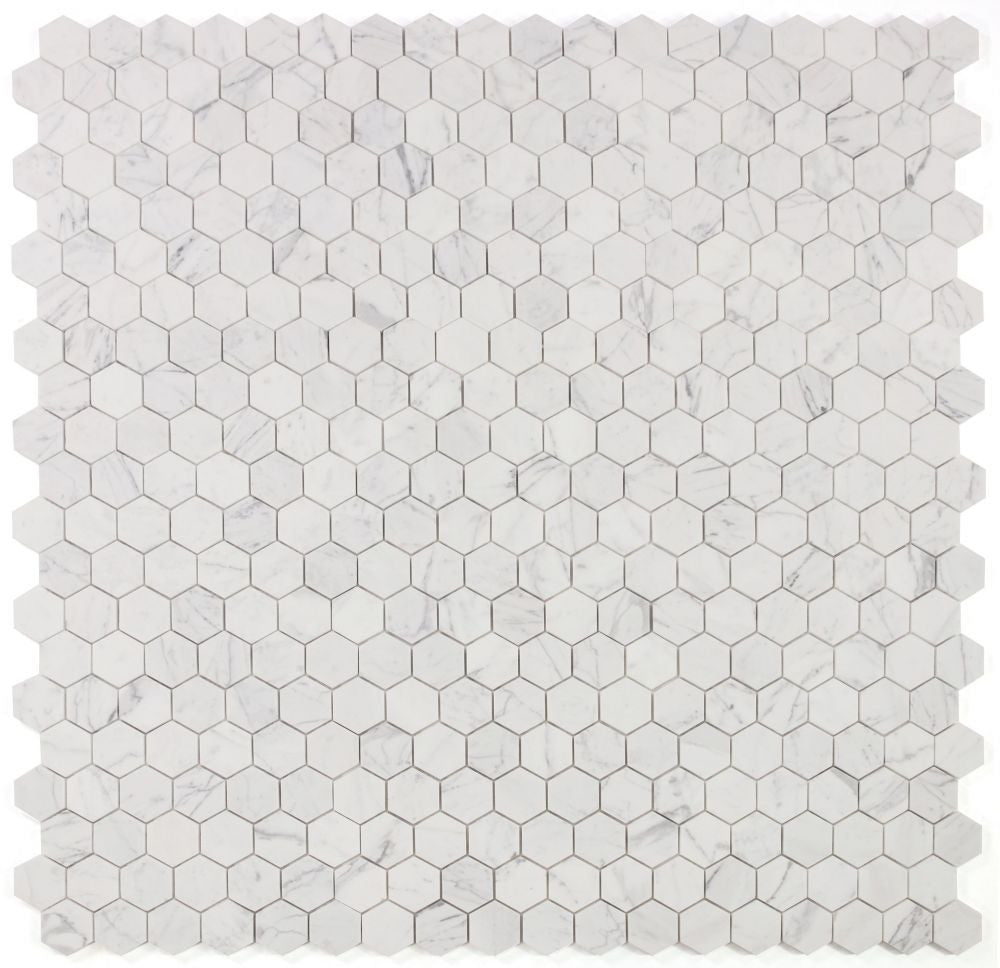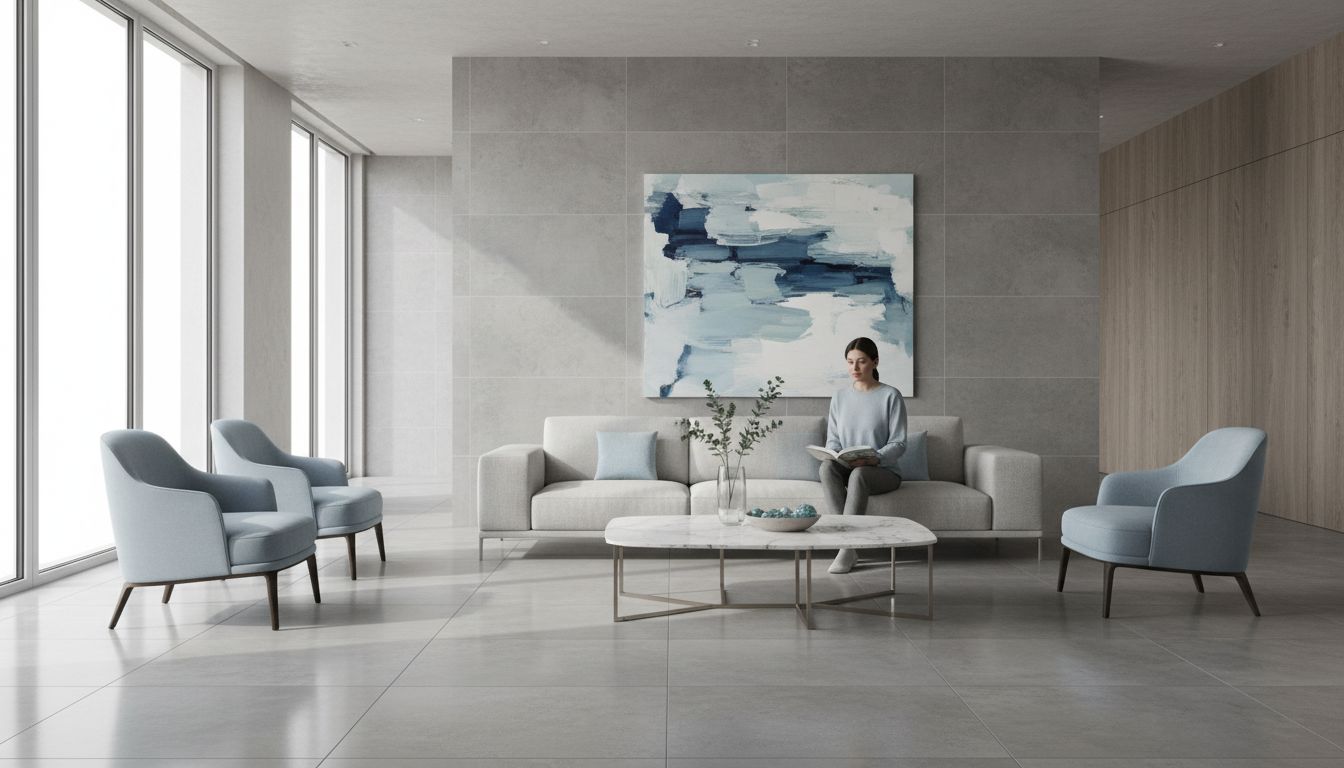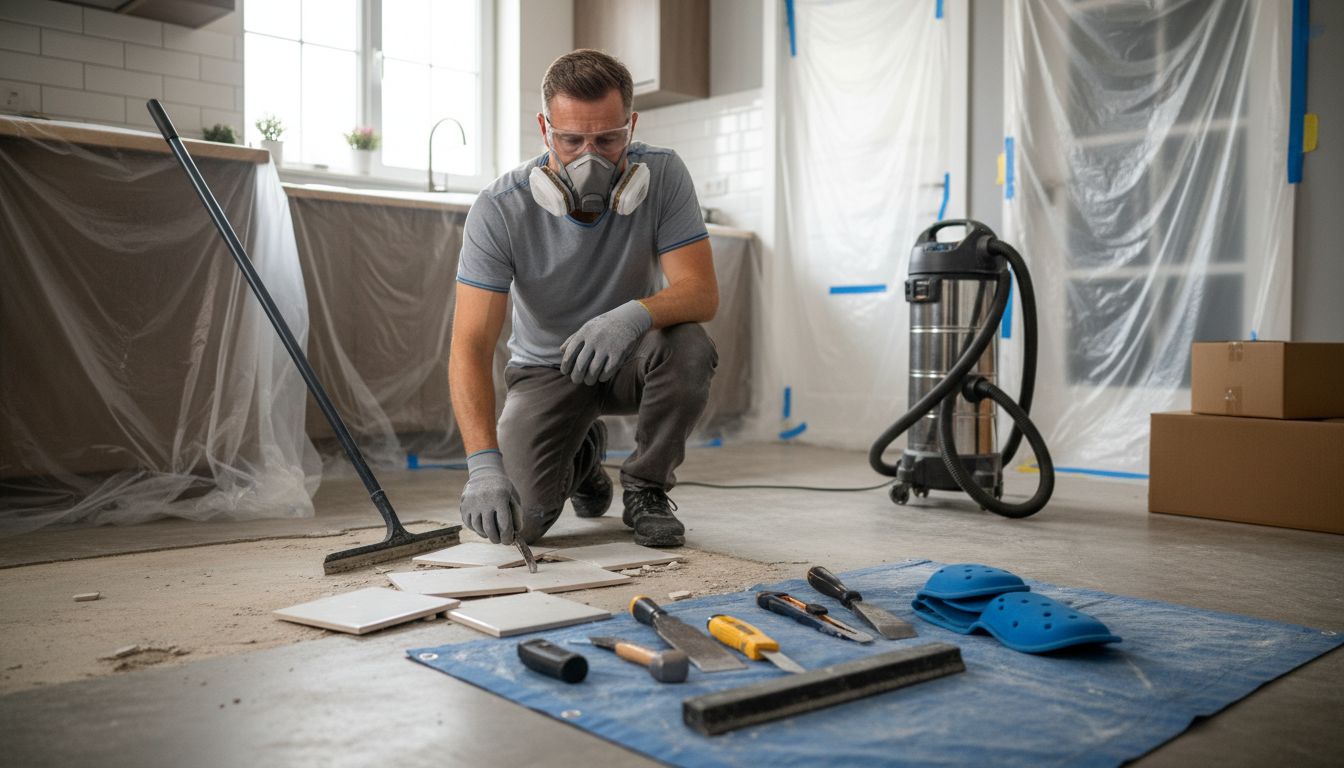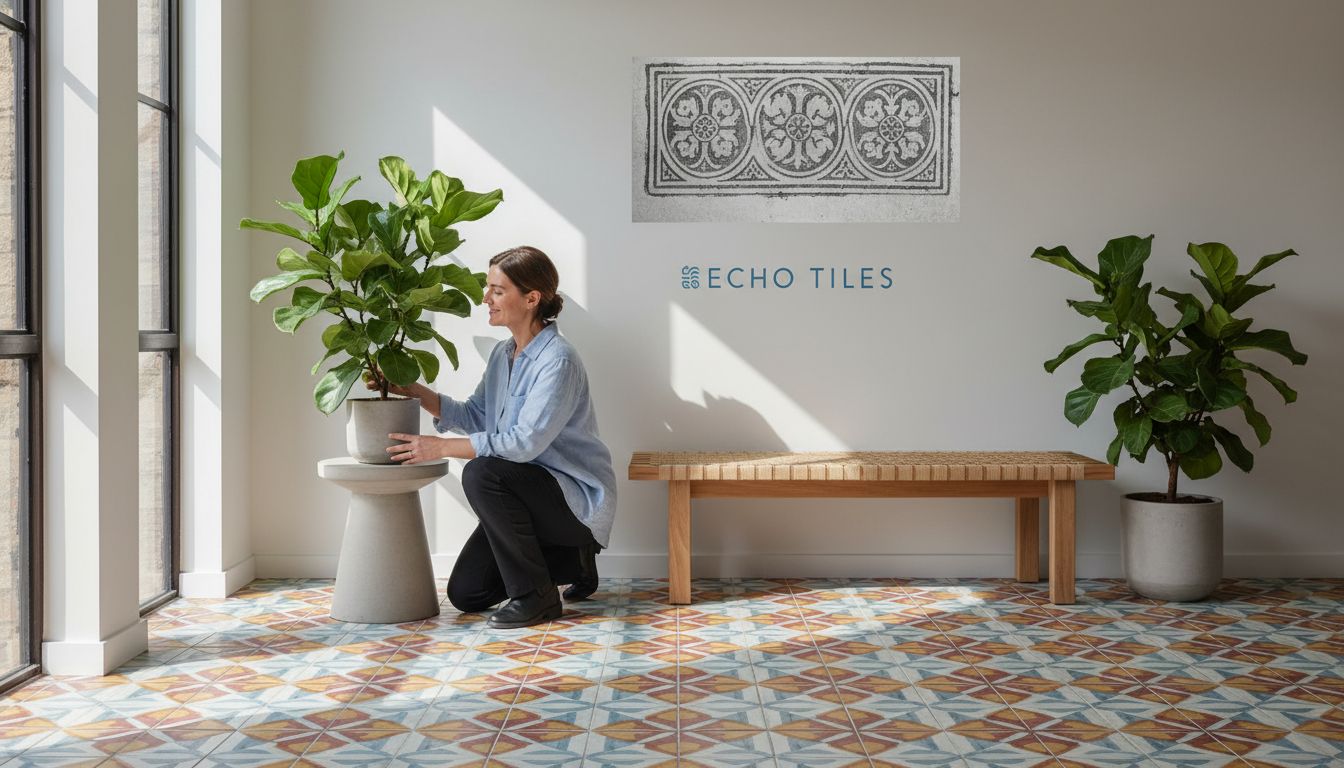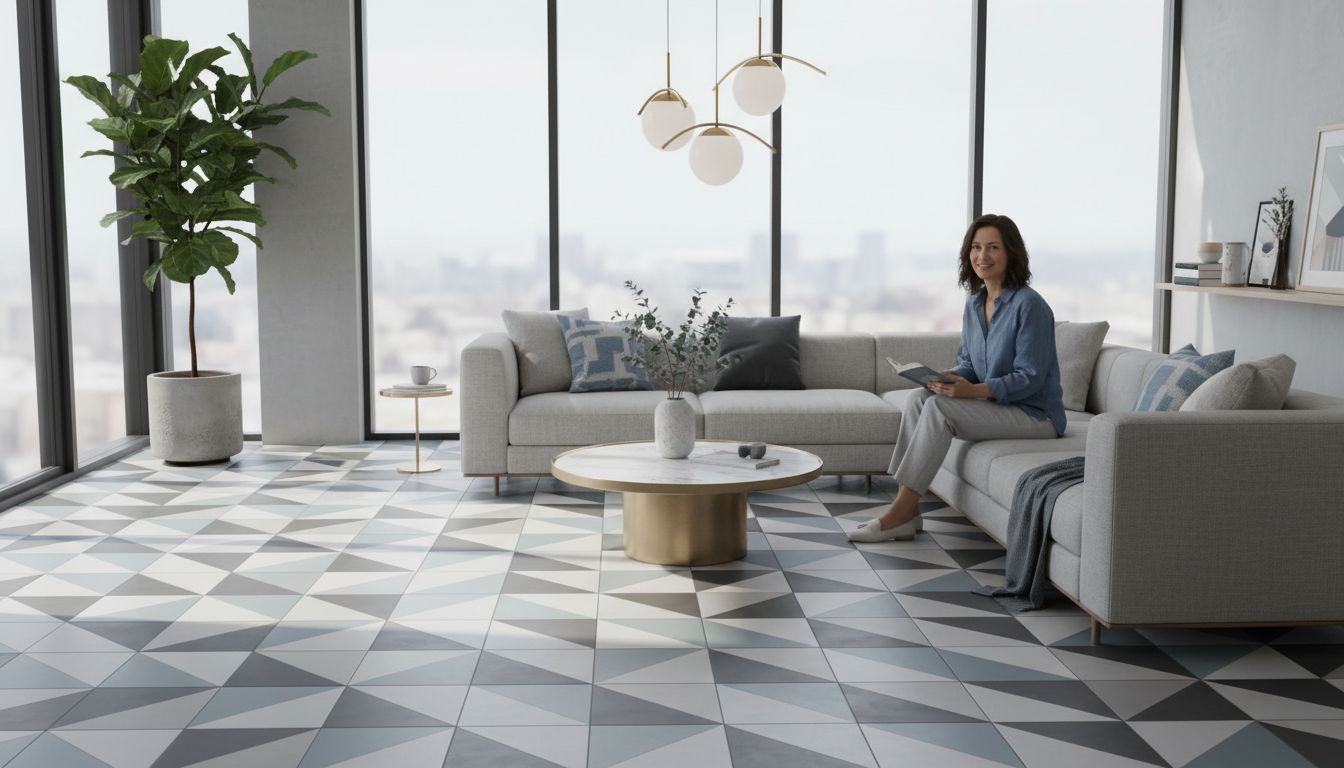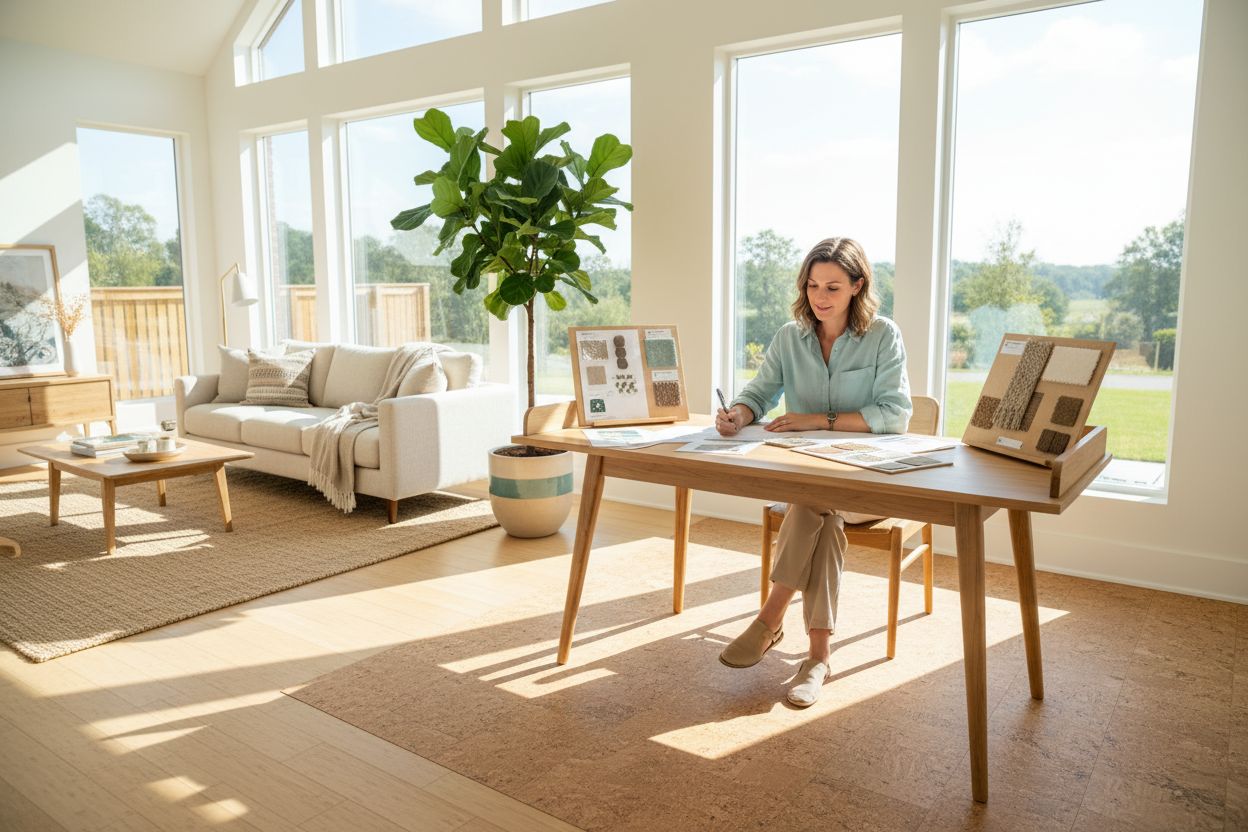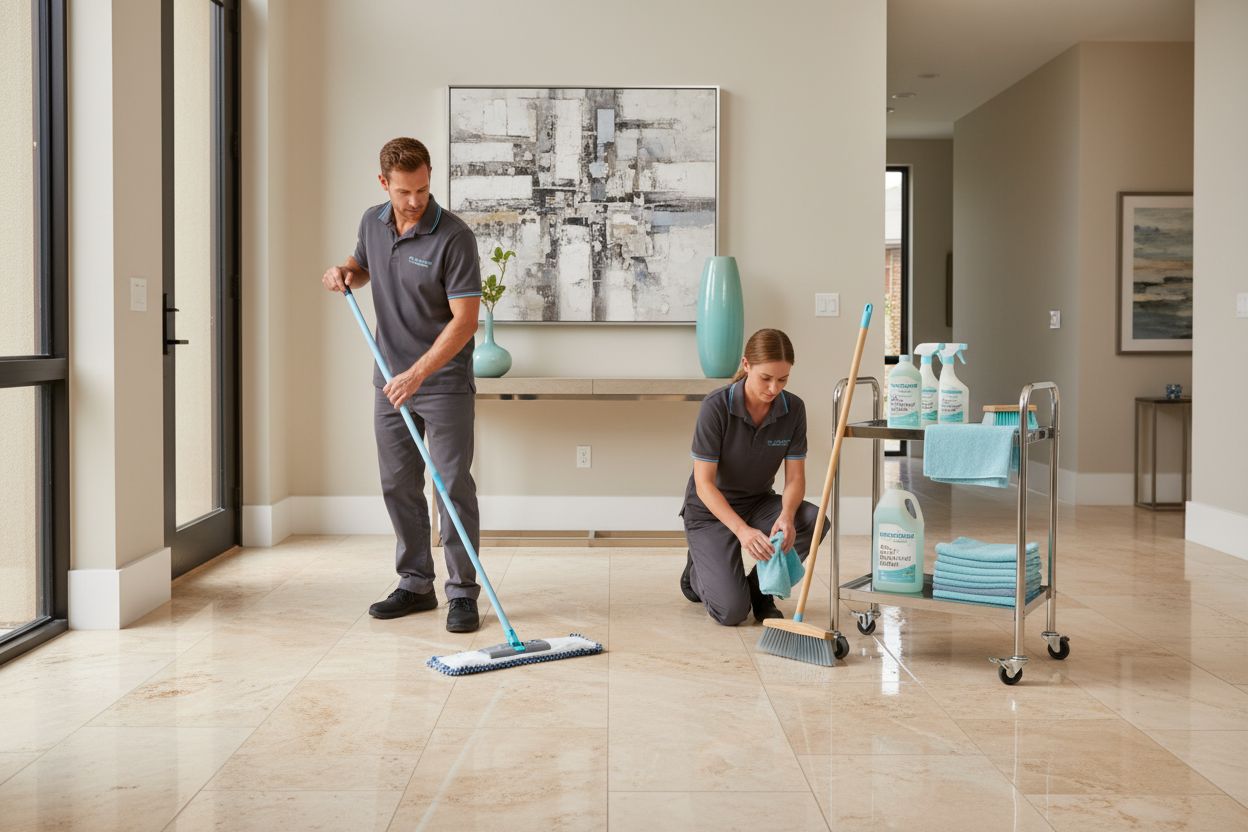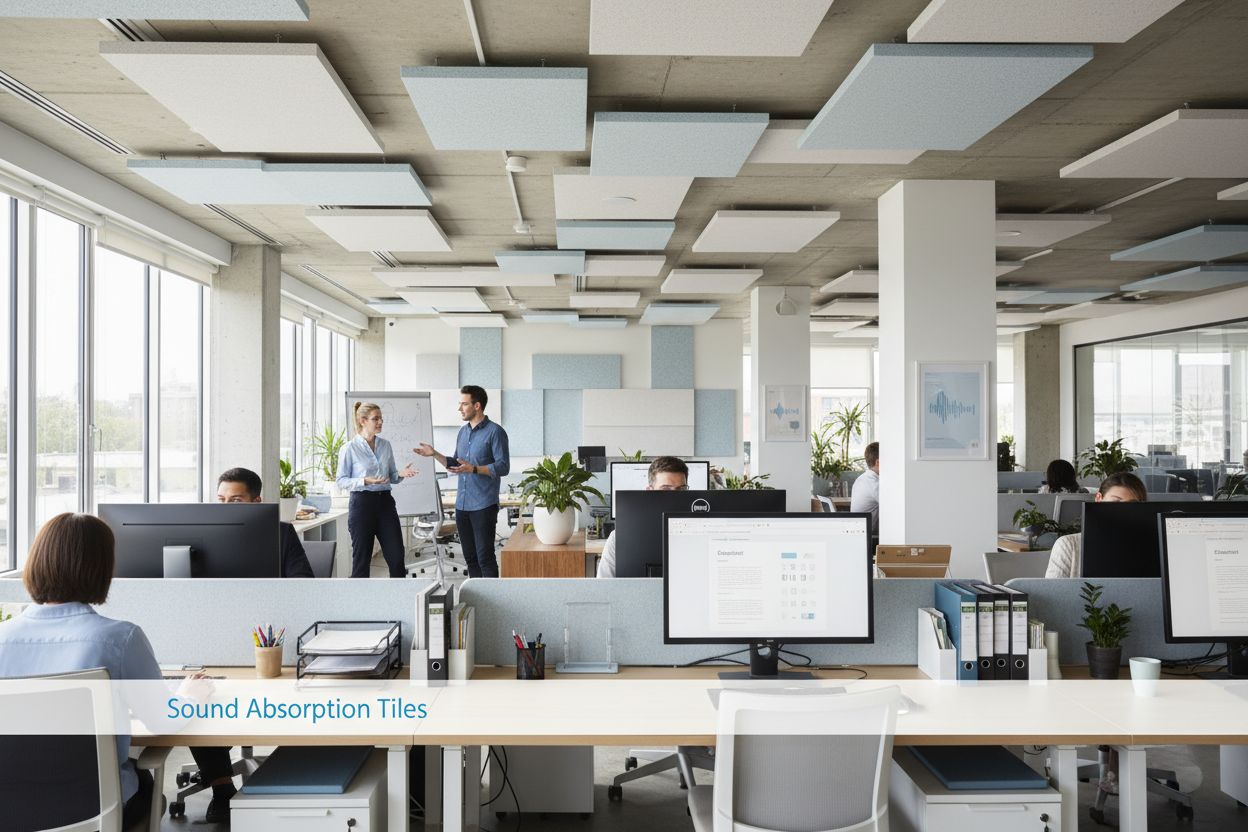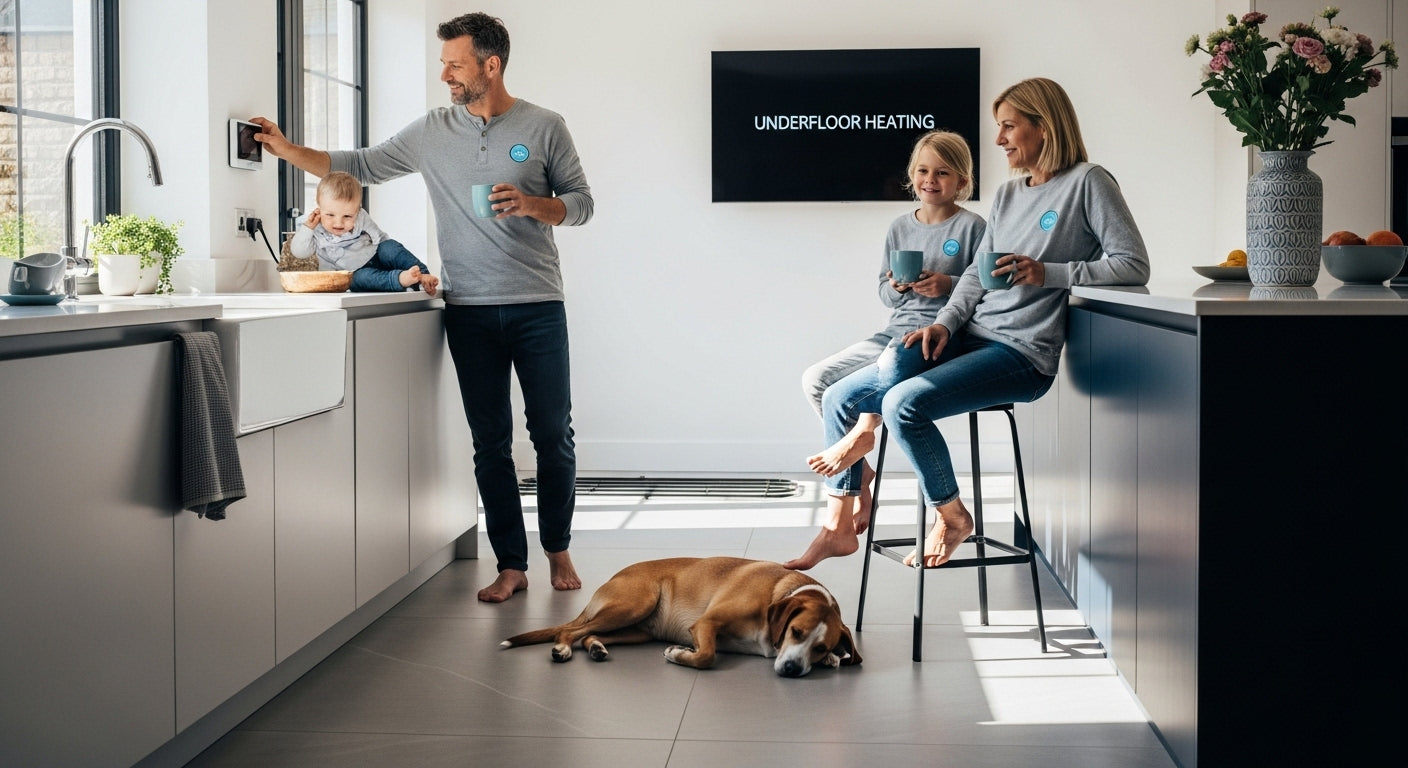Luxury vinyl tile and ceramic flooring are popping up in homes and businesses everywhere. Both options claim to deliver unmatched durability and eye-catching style. But wait. A closer look reveals that luxury vinyl tile installations have surged by over 20 percent in recent years, hinting at a shift in what people want underfoot. The real surprise? While ceramic hangs onto its reputation for toughness, LVT is quietly rewriting the rules on how much value and flexibility you can expect from a floor.
Table of Contents
- What Is Luxury Vinyl Tile And Ceramic?
- The Importance Of Material Choice In Renovations
- Comparing Performance And Durability: Luxury Vinyl Vs Ceramic
- Aesthetic And Design Considerations For Flooring Options
- Cost Analysis And Long-Term Value Of Luxury Vinyl And Ceramic
Quick Summary
| Takeaway | Explanation |
|---|---|
| Luxury vinyl tile is versatile and durable | LVT mimics natural materials and is scratch-resistant and water-resistant, providing long-lasting performance. |
| Ceramic tile excels in moisture resistance | Ceramic tiles are preferred for high-moisture areas like bathrooms due to their natural imperviousness and durability. |
| Consider long-term costs beyond installation | While LVT is cheaper upfront, ceramic tiles have a longer lifespan and may offer better long-term value. |
| Aesthetic choices impact overall design | The flooring selected can greatly influence a space’s visual appeal and reflect personal style, requiring thoughtful selection. |
| Flooring choice affects property value | Strategic material selection can enhance property resale value by up to 5-10%, making the choice vital for investment. |
What is Luxury Vinyl Tile and Ceramic?
Luxury vinyl tile (LVT) and ceramic flooring represent two distinctive materials that have transformed modern interior design, each offering unique characteristics and aesthetic possibilities for residential and commercial spaces. These flooring options provide homeowners and designers with versatile solutions that balance functionality, durability, and visual appeal.
Understanding Luxury Vinyl Tile
Luxury vinyl tile is an engineered flooring material designed to mimic natural materials like wood, stone, or ceramic through advanced printing and manufacturing techniques. Constructed from multiple layers of vinyl, these tiles feature a robust wear layer that provides exceptional resistance to scratches, stains, and daily wear. According to Floor Covering News Research, LVT has experienced significant growth, with market analysts predicting continued expansion in residential and commercial applications.
Key characteristics of luxury vinyl tile include:
- High durability and long-lasting performance
- Water-resistant properties
- Wide range of design and texture options
- Relatively affordable compared to natural materials
Ceramic Tile Fundamentals
Ceramic tile represents a classic flooring material crafted from natural clay materials that are shaped, dried, and fired at high temperatures. These tiles create a hard, durable surface with remarkable versatility across different architectural styles. Tile Magazine reports that ceramic tiles remain a preferred choice for areas requiring high moisture resistance and long-term performance.
Unique attributes of ceramic tiles include:
- Exceptional heat and moisture resistance
- Natural composition
Both luxury vinyl tile and ceramic offer distinctive advantages, making them compelling choices for understanding flooring options for modern spaces. Your selection will depend on specific project requirements, aesthetic preferences, and budget considerations.
The Importance of Material Choice in Renovations
Selecting the right flooring material is far more complex than merely choosing an attractive design. The decision impacts long-term property value, functionality, maintenance requirements, and overall living experience. Homeowners and designers must carefully evaluate multiple factors when determining the most suitable flooring solution for specific spaces.
Performance and Durability Considerations
Flooring represents a significant investment that directly influences a property’s aesthetic and practical performance. Different environments demand unique material characteristics. Architectural Digest research indicates that material selection can dramatically affect maintenance costs, longevity, and overall property value. High-traffic areas require resilient materials capable of withstanding constant use, while moisture-prone spaces need specialized solutions.
To help readers understand the distinct properties and performance considerations, the following table compares the key features and characteristics of luxury vinyl tile (LVT) and ceramic tile flooring.
| Feature / Characteristic | Luxury Vinyl Tile (LVT) | Ceramic Tile |
|---|---|---|
| Material Composition | Multi-layered synthetic vinyl | Natural clay, shaped and fired |
| Water Resistance | Water-resistant, suitable for most areas | Highly moisture-resistant, impervious |
| Durability & Longevity | Scratch-resistant, lasts 10-15 years | Extremely durable, lasts 20-30 years |
| Comfort & Impact Absorption | Softer and cushioned underfoot | Hard, little cushioning |
| Design Variety / Authenticity | Mimics wood, stone, wide design options | Authentic textures and patterns |
| Installation Cost (per sq. foot) | $2 to $5 | $5 to $15 |
| Maintenance | Easy to clean, simple repairs | May require grout sealing and tile replacement |
Key performance factors include:
- Resistance to wear and tear
- Moisture and humidity tolerance
- Impact absorption capabilities
- Temperature adaptability
Economic and Aesthetic Implications
Beyond functional requirements, material choice profoundly influences a space’s visual narrative and financial investment. Budget-conscious homeowners must balance initial installation expenses with long-term maintenance costs. Luxury vinyl tile and ceramic offer distinct economic profiles, with LVT typically presenting a more affordable upfront investment. National Association of Realtors research suggests that strategic material selection can increase property resale value by up to 5-10%.
Material selection also communicates design intent, reflecting personal style while maintaining practical functionality. Learn more about mixing tile patterns for stunning spaces to understand how material choices contribute to overall design aesthetics.
Ultimately, renovators must recognize that flooring is not merely a surface covering but a critical component of architectural design that balances aesthetic expression, functional performance, and long-term value preservation.
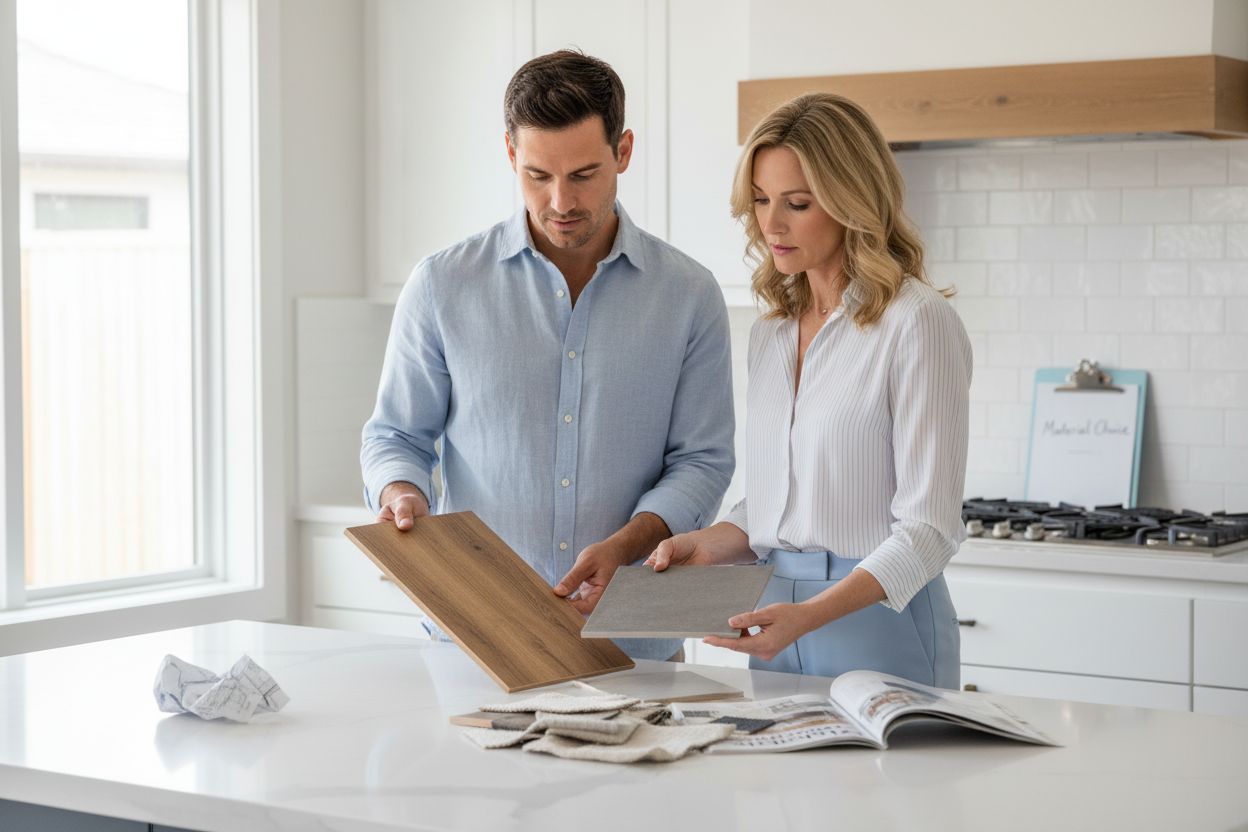
Comparing Performance and Durability: Luxury Vinyl vs Ceramic
Comparing luxury vinyl tile (LVT) and ceramic requires a comprehensive analysis of their structural properties, performance characteristics, and long-term resilience. While both materials offer distinct advantages, understanding their specific strengths helps homeowners make informed flooring decisions tailored to unique environmental demands.
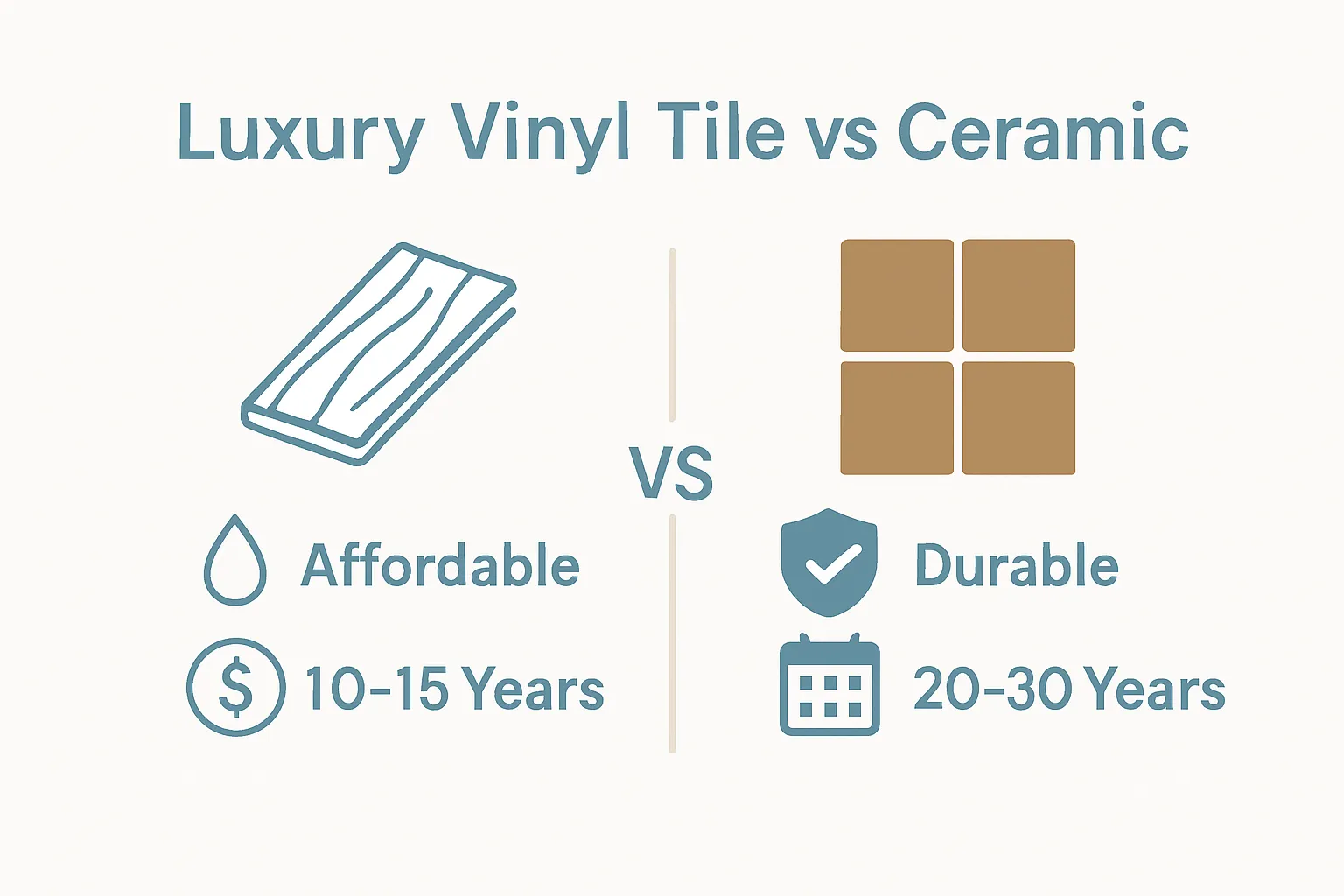
Structural Composition and Resilience
Luxury vinyl tile demonstrates remarkable engineering through its multi-layered construction, which provides exceptional flexibility and impact resistance. Building Materials Research reveals that LVT can better accommodate minor subfloor imperfections and temperature fluctuations compared to traditional ceramic tiles.
Key structural differences include:
- LVT’s synthetic composition allows greater dimensional stability
- Ceramic tiles offer superior hardness and scratch resistance
- Vinyl provides enhanced sound absorption capabilities
- Ceramic maintains better thermal conductivity
Performance in Different Environments
The performance of flooring materials varies significantly across different residential and commercial settings. Ceramic tiles excel in high-moisture areas like bathrooms and kitchens due to their natural water resistance and impermeability. Luxury vinyl tiles, however, provide superior cushioning and comfort, making them ideal for spaces requiring prolonged standing or walk comfort.
Critical environmental performance factors include:
- Moisture absorption rates
- Temperature tolerance
- Impact resistance
- Maintenance requirements
Additionally, explore how different tile types compare in various settings to gain deeper insights into material selection strategies. Understanding these nuanced differences ensures you select a flooring solution that meets both aesthetic and functional requirements for your specific space.
Aesthetic and Design Considerations for Flooring Options
Flooring represents more than a functional surface it communicates a space’s visual narrative and emotional ambiance. The aesthetic choices between luxury vinyl tile (LVT) and ceramic dramatically influence a room’s character, reflecting personal style while addressing practical design requirements.
Visual Authenticity and Design Flexibility
National Preservation Society research highlights how modern flooring technologies enable unprecedented design mimicry. Luxury vinyl tile leverages advanced digital imaging to replicate natural materials with remarkable precision, offering homeowners expansive design possibilities without compromising performance. Ceramic tiles, conversely, provide authentic material expressions with inherent textural nuances that digital reproduction cannot entirely capture.
Key design considerations include:
- Ability to mimic natural stone and wood textures
- Color and pattern diversity
- Visual depth and surface complexity
- Potential for custom design integration
Contextual Design Harmony
Successful interior design demands thoughtful material selection that harmonizes with architectural context and existing design elements. Different spaces require unique aesthetic approaches ceramic tiles excel in traditional or Mediterranean inspired environments, while luxury vinyl tile adapts seamlessly to contemporary and transitional design schemes.
Consider these aesthetic alignment strategies:
- Matching floor design with architectural style
- Creating visual continuity across connected spaces
- Balancing color palettes and material textures
- Considering natural light interaction
Learn more about understanding tile design variations to refine your design decision making process. The ultimate goal is creating a cohesive visual environment that reflects personal taste while maintaining functional integrity.
Cost Analysis and Long-Term Value of Luxury Vinyl and Ceramic
Comparing the financial implications of luxury vinyl tile (LVT) and ceramic flooring extends far beyond initial installation costs. Homeowners must consider a comprehensive range of factors including upfront expenses, maintenance requirements, durability, and potential property value enhancement.
Initial Investment and Installation Expenses
Construction Cost Analysis Research reveals significant variations in initial investment between luxury vinyl tile and ceramic. Luxury vinyl tile typically presents a more budget-friendly option, with installation costs ranging between $2 to $5 per square foot, compared to ceramic tiles which can range from $5 to $15 per square foot. These price differences stem from material complexity, manufacturing processes, and installation requirements.
Key financial considerations include:
- Material procurement costs
- Professional installation expenses
- Tools and preparation requirements
- Potential subfloor modification needs
Long-Term Maintenance and Replacement Economics
The true economic value of flooring materials emerges through their lifecycle performance. Ceramic tiles demonstrate exceptional longevity, potentially lasting 20-30 years with minimal maintenance. Luxury vinyl tiles, while more affordable initially, typically have a shorter lifespan of 10-15 years. Maintenance costs further differentiate these materials ceramic requires periodic grout sealing and potential tile replacement, whereas LVT offers easier cleaning and more straightforward repair strategies.
Consider these lifecycle economic factors:
- Replacement frequency
- Annual maintenance expenses
- Repair complexity and associated costs
- Impact on overall property valuation
Explore detailed insights about tile installation costs to make a comprehensive financial assessment. The optimal choice balances immediate budget constraints with long-term performance expectations, ensuring your flooring investment delivers sustainable value.
The table below summarizes the long-term value and maintenance implications of luxury vinyl tile (LVT) versus ceramic flooring to aid evaluation of their economic impact over time.
| Factor | Luxury Vinyl Tile (LVT) | Ceramic Tile |
|---|---|---|
| Initial Installation Cost | $2 to $5 per sq. foot | $5 to $15 per sq. foot |
| Lifespan | 10-15 years | 20-30 years |
| Routine Maintenance | Easy cleaning, minimal upkeep | Requires grout care and cleaning |
| Repair Complexity | Simple repairs, replace single tiles | Can be harder to match & replace |
| Property Value Impact | Moderate | May enhance resale value |
Take the Guesswork Out of Flooring: Discover Your Ideal Solution at TileChoices.com
Are you feeling overwhelmed by the decision between luxury vinyl tile and ceramic flooring? Many readers, just like you, want a surface that balances durability, easy maintenance, and gorgeous design without exceeding their renovation budget. Our article explained how the right material dramatically impacts both comfort and long-term value, highlighting issues like moisture resistance, installation costs, and longevity. Understanding these differences is key to creating a space that feels just right for your lifestyle and project goals.
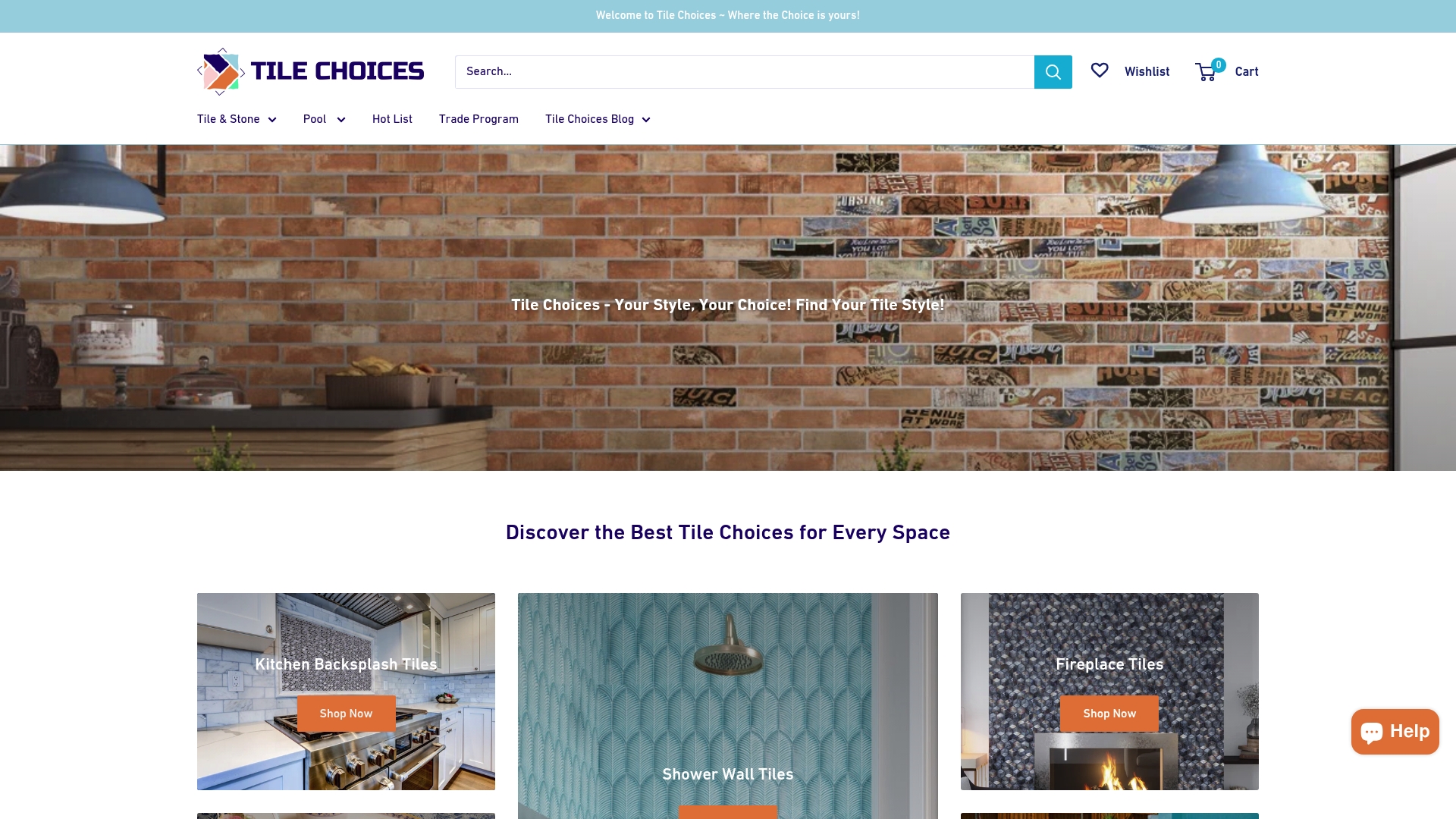
Let us help you turn design challenges into simple, satisfying solutions. At TileChoices.com, you’ll find a curated collection of both luxury vinyl tile and ceramic tile options, complete with inspiring product images and transparent pricing. Request samples, get help with product selection, and explore our expert guides on tile installation costs. Visit us now to make an informed choice and bring your vision to life with confidence.
Frequently Asked Questions
What is luxury vinyl tile (LVT)?
Luxury vinyl tile (LVT) is an engineered flooring material designed to replicate natural materials like wood or stone. It consists of multiple layers, including a durable wear layer that offers resistance to scratches, stains, and water.
How does ceramic tile differ in terms of composition?
Ceramic tile is made from natural clay materials that are shaped and fired at high temperatures, resulting in a hard, durable surface well-known for its moisture resistance and longevity.
Which flooring option is better for high-moisture areas, luxury vinyl tile or ceramic?
Ceramic tiles are generally superior for high-moisture areas such as bathrooms and kitchens due to their natural water resistance and impermeability, whereas luxury vinyl tiles are more comfortable and cushioned underfoot.
What are the long-term cost implications of luxury vinyl tile versus ceramic flooring?
Luxury vinyl tile usually has a lower initial installation cost ($2 to $5 per square foot) compared to ceramic tiles ($5 to $15 per square foot). However, ceramic tiles typically last longer (20-30 years) and may offer better long-term value despite higher upfront expenses.

